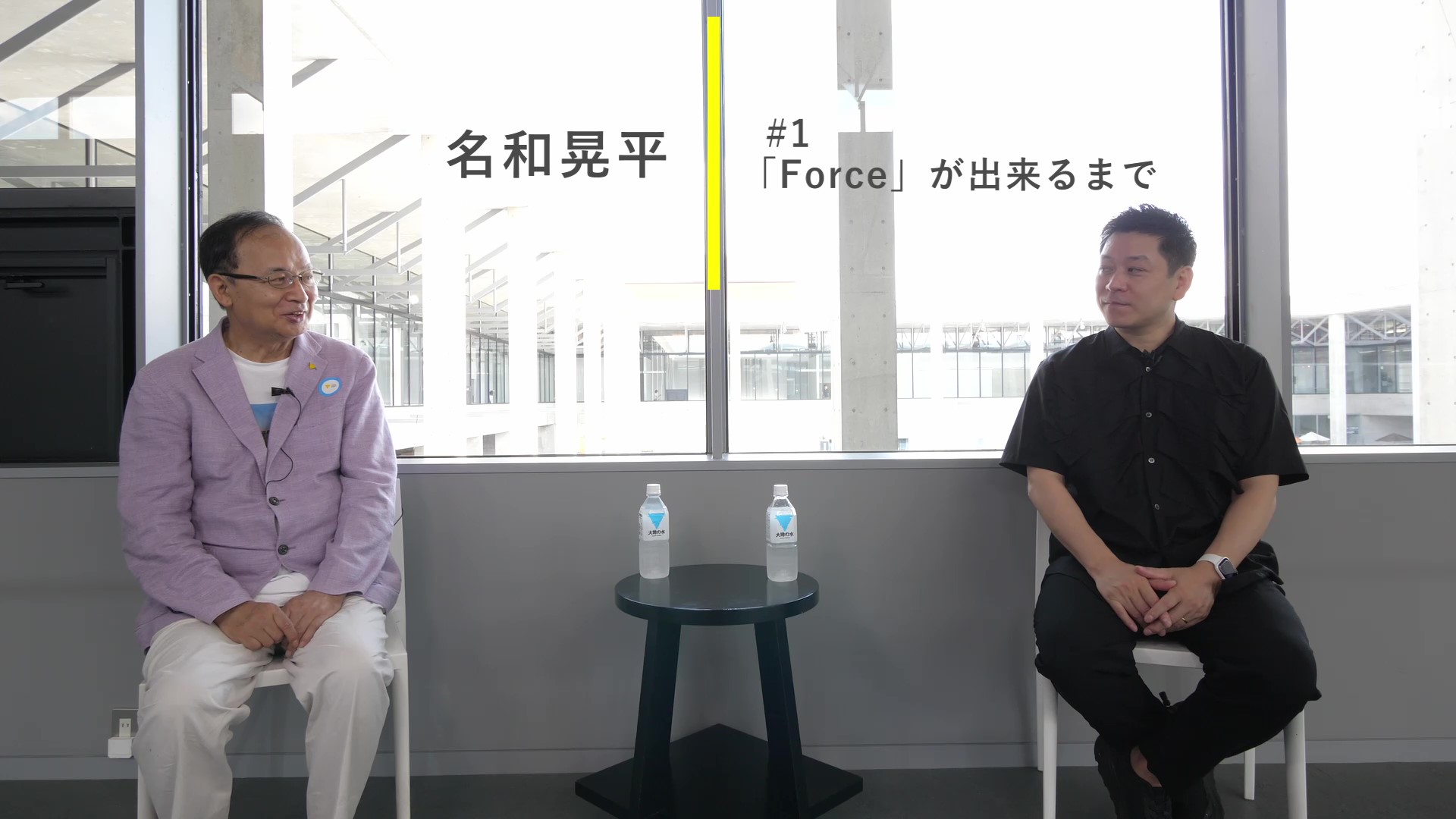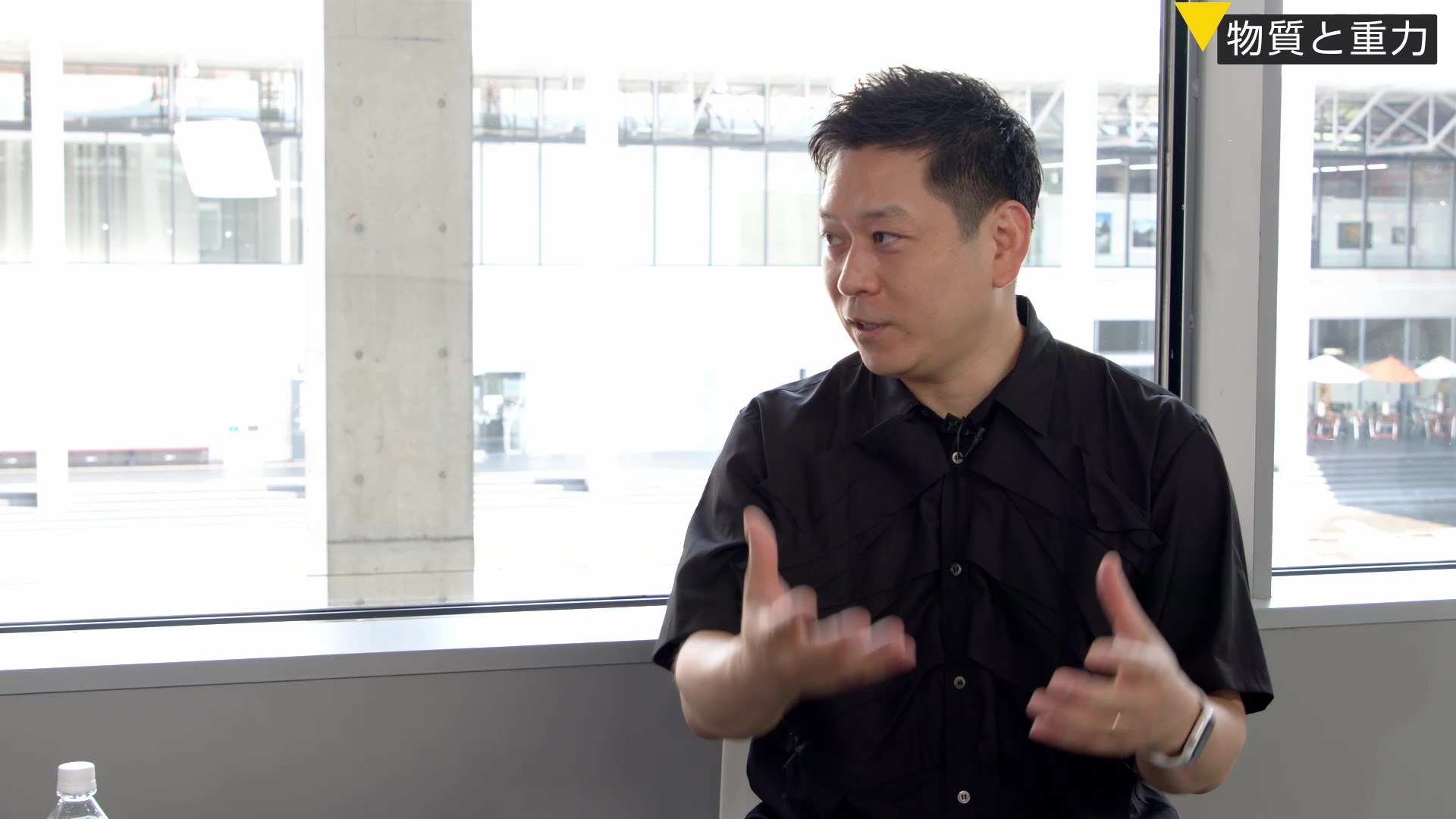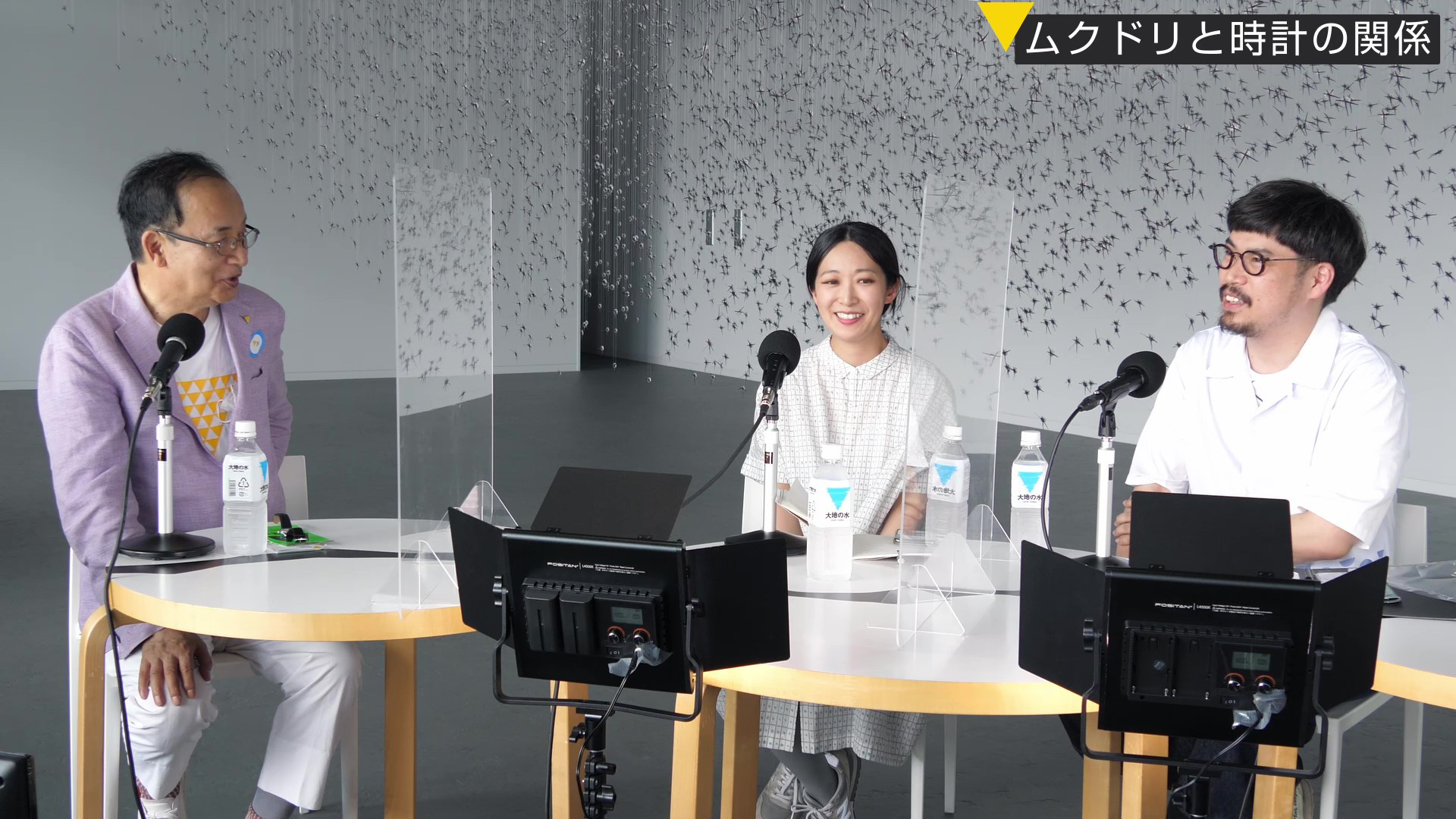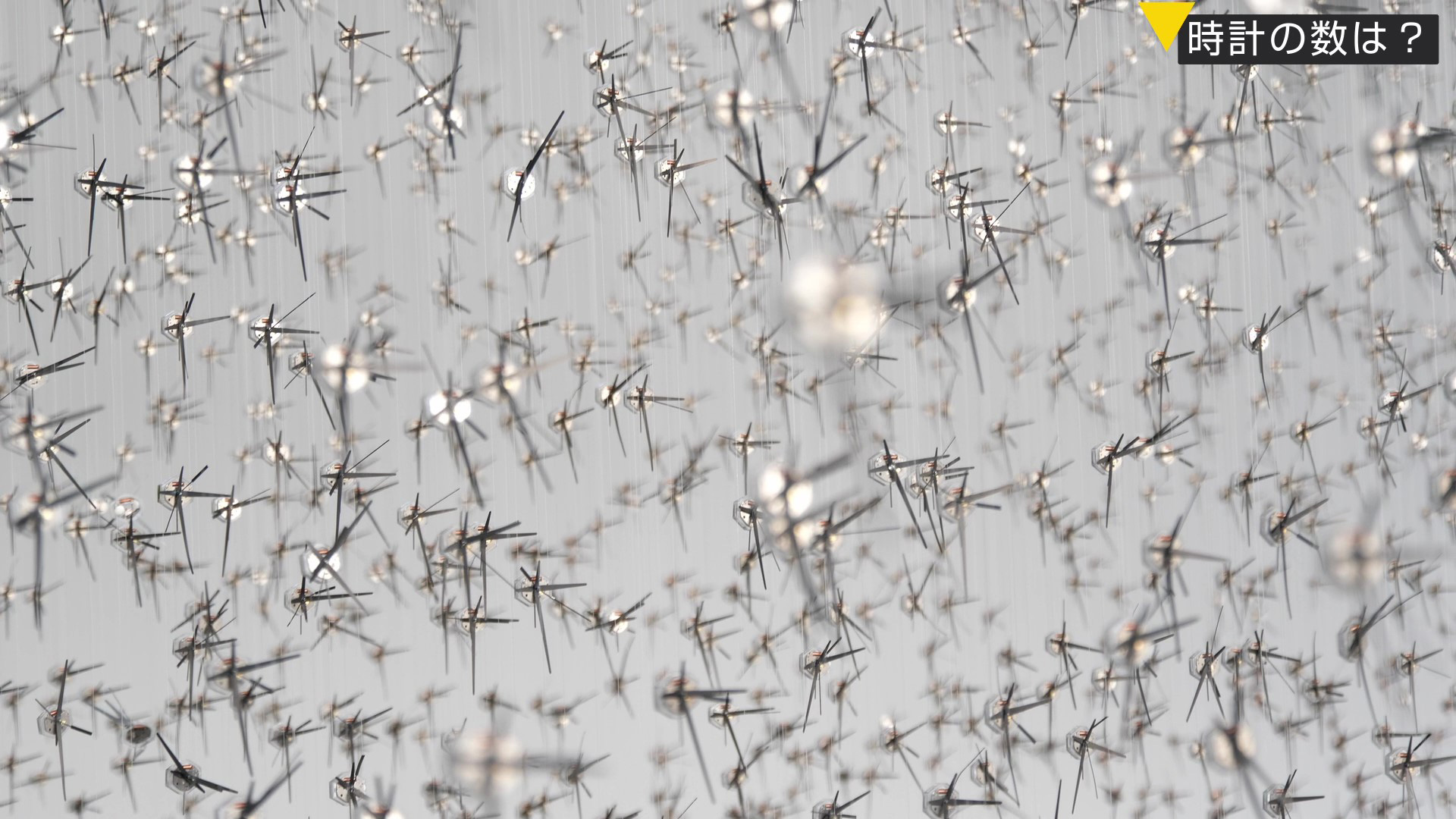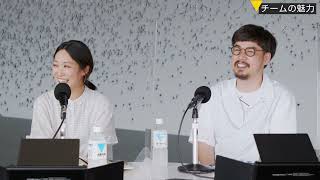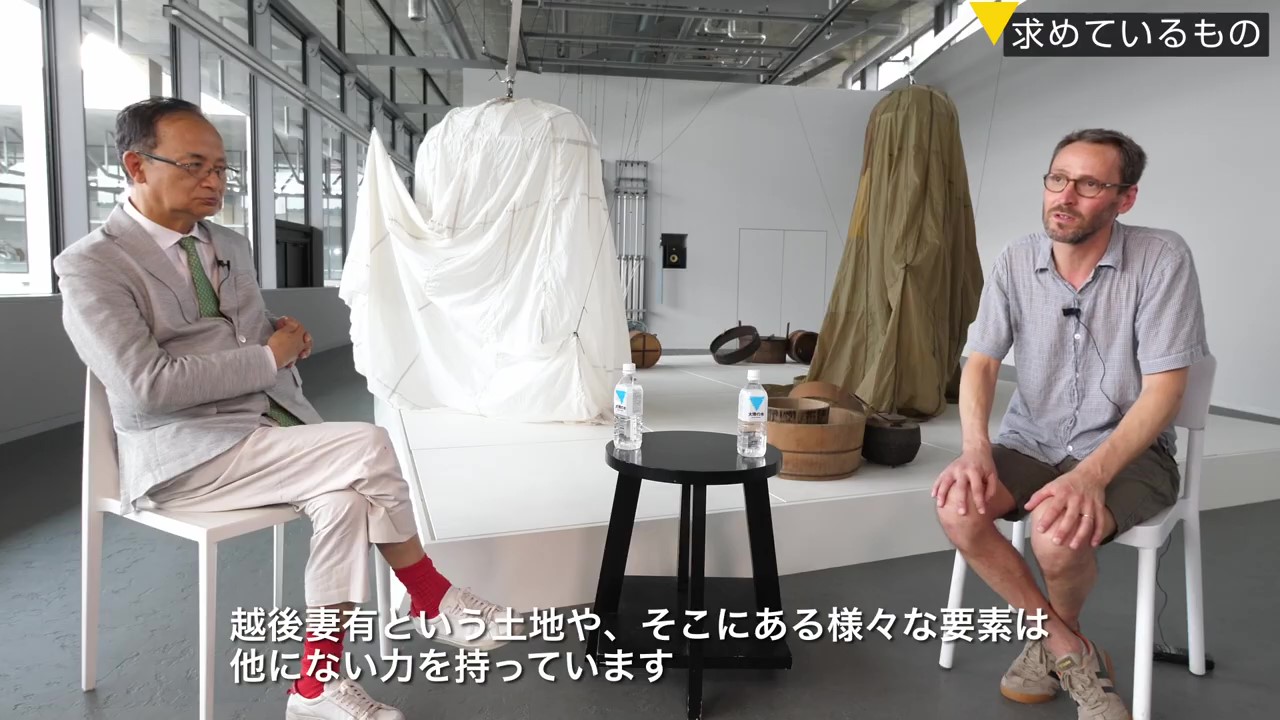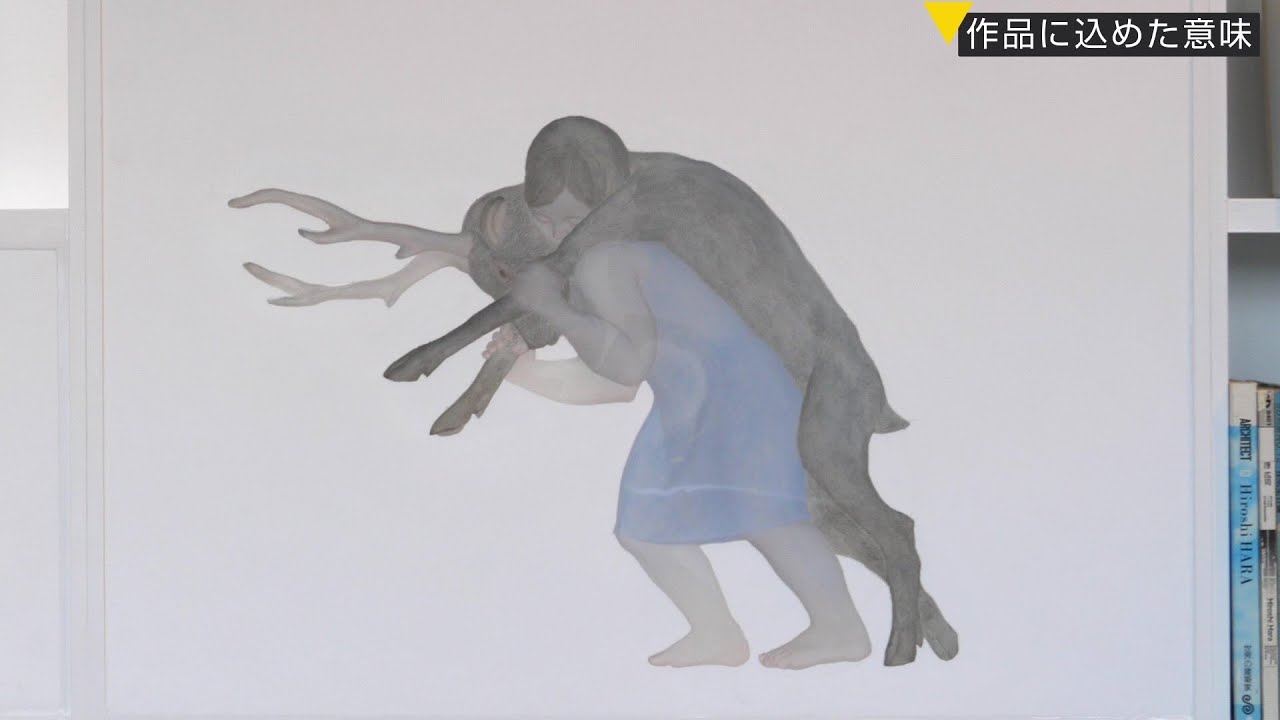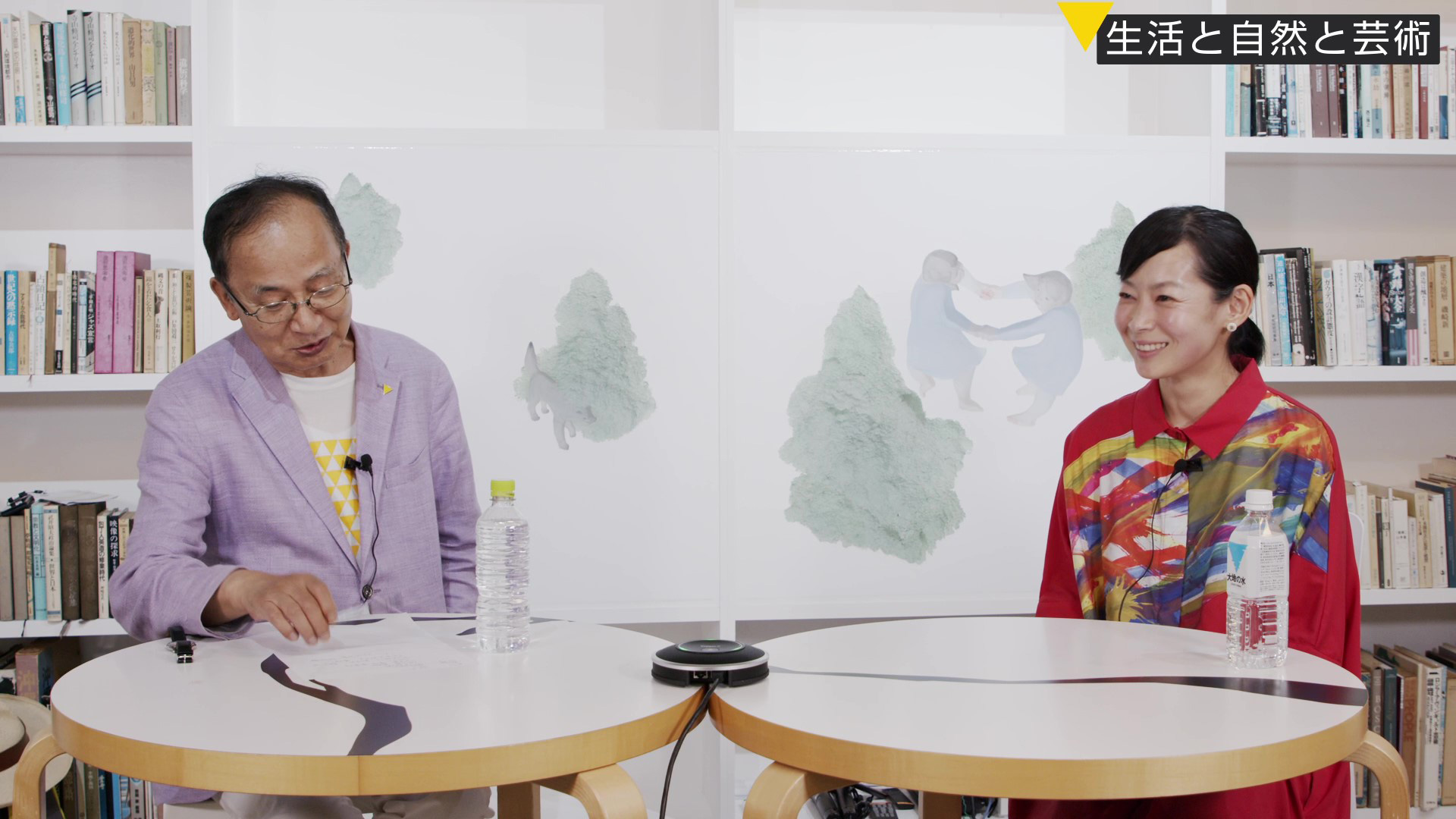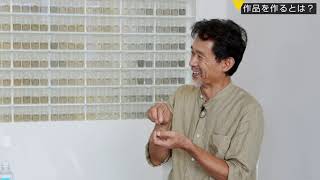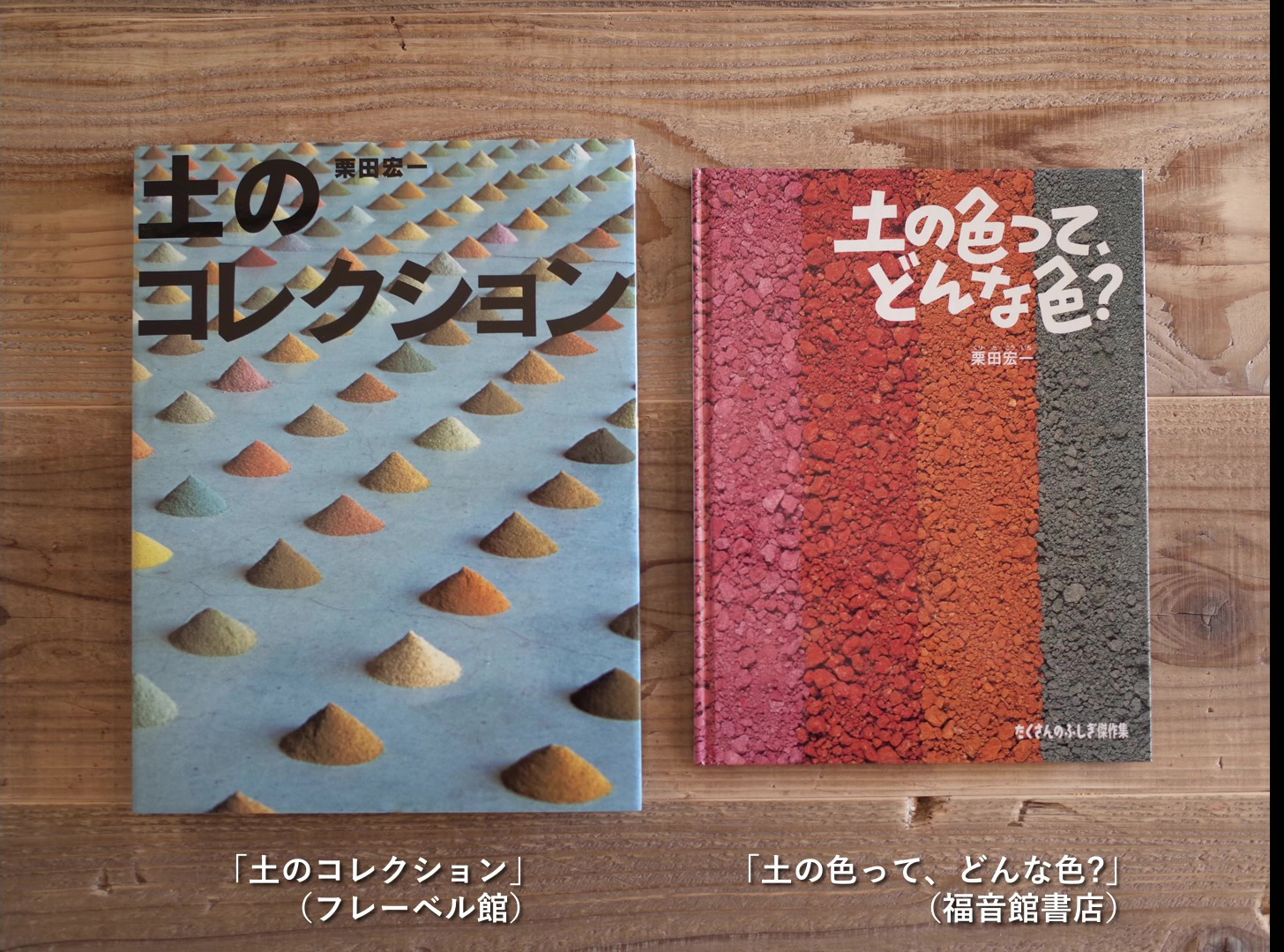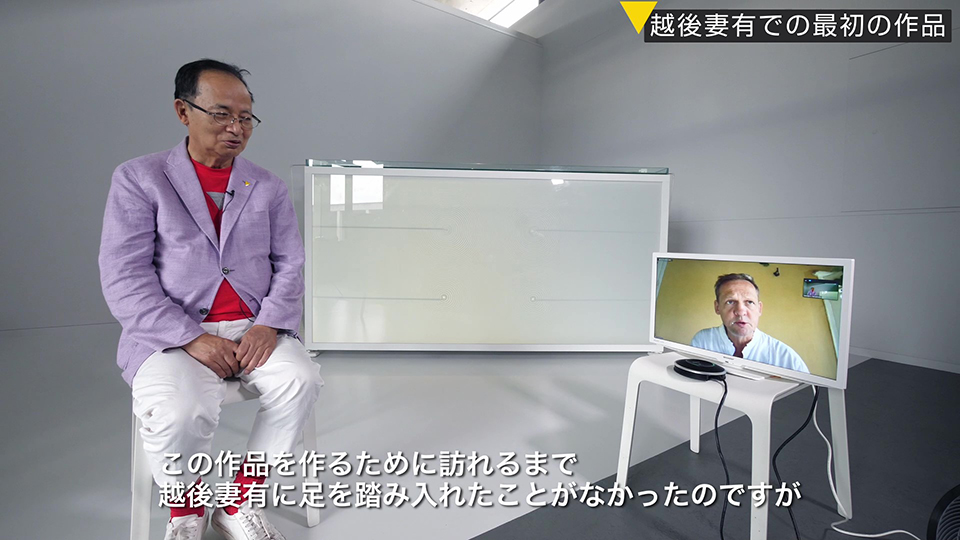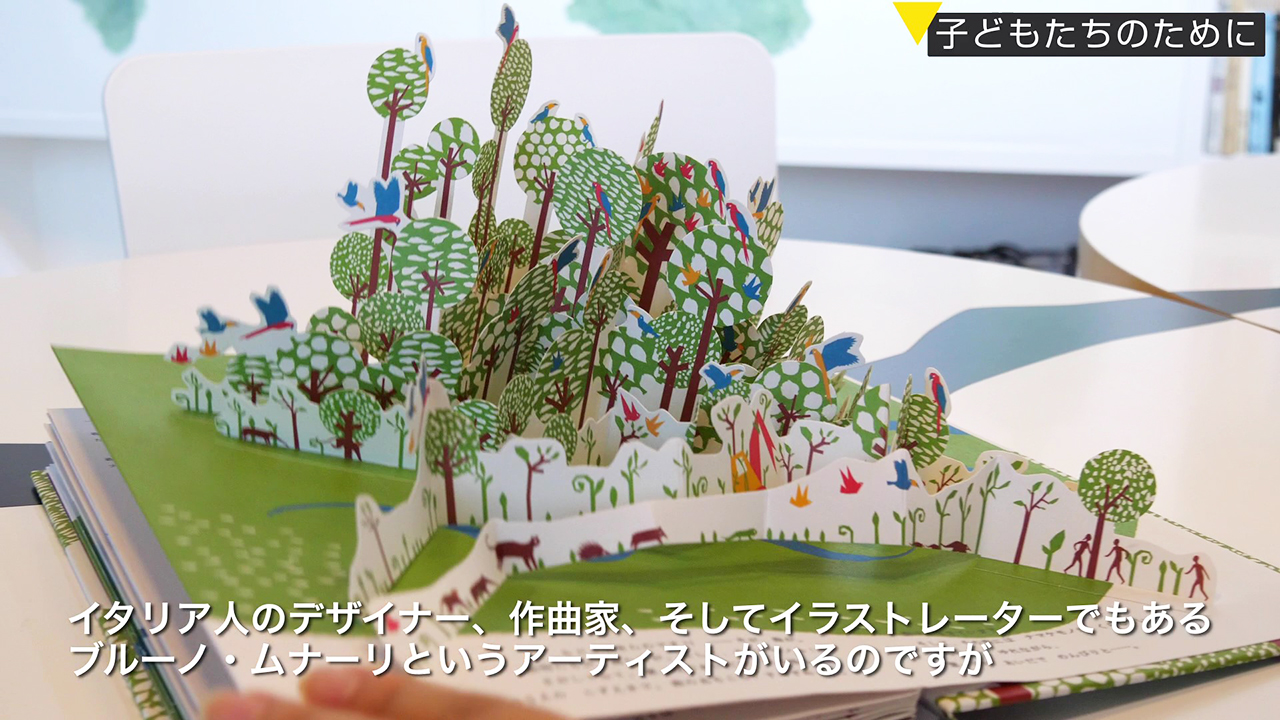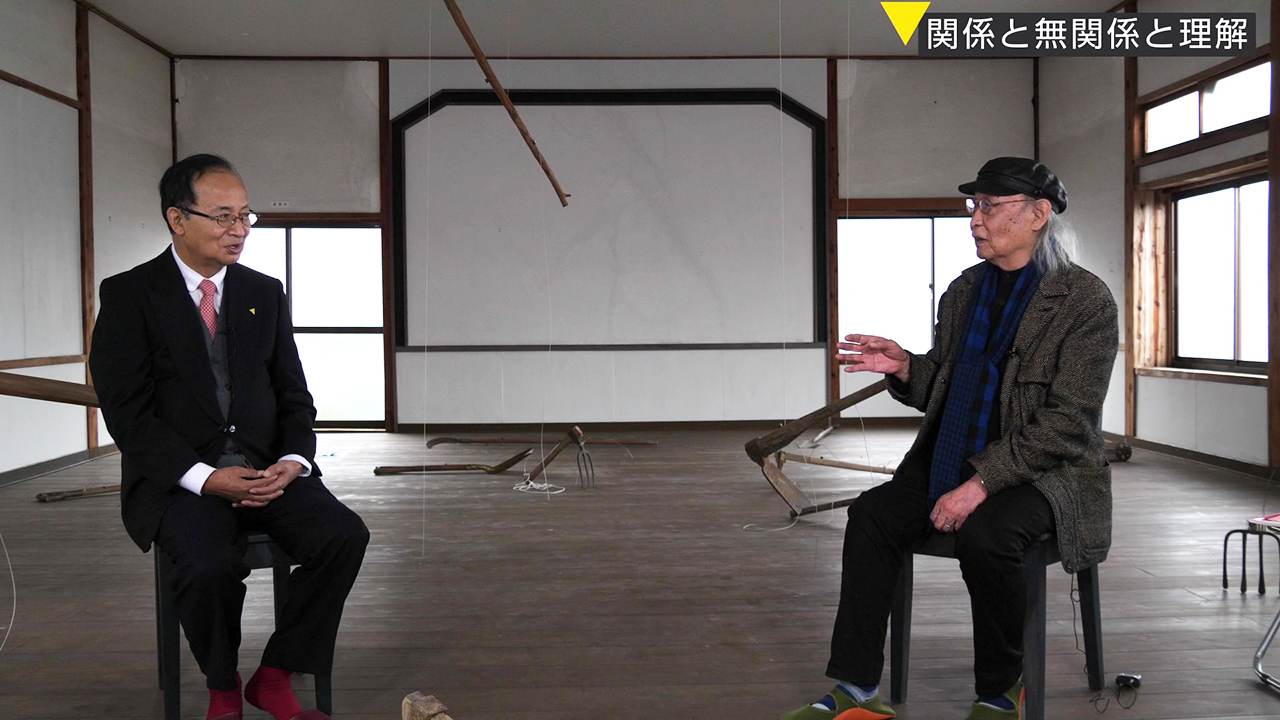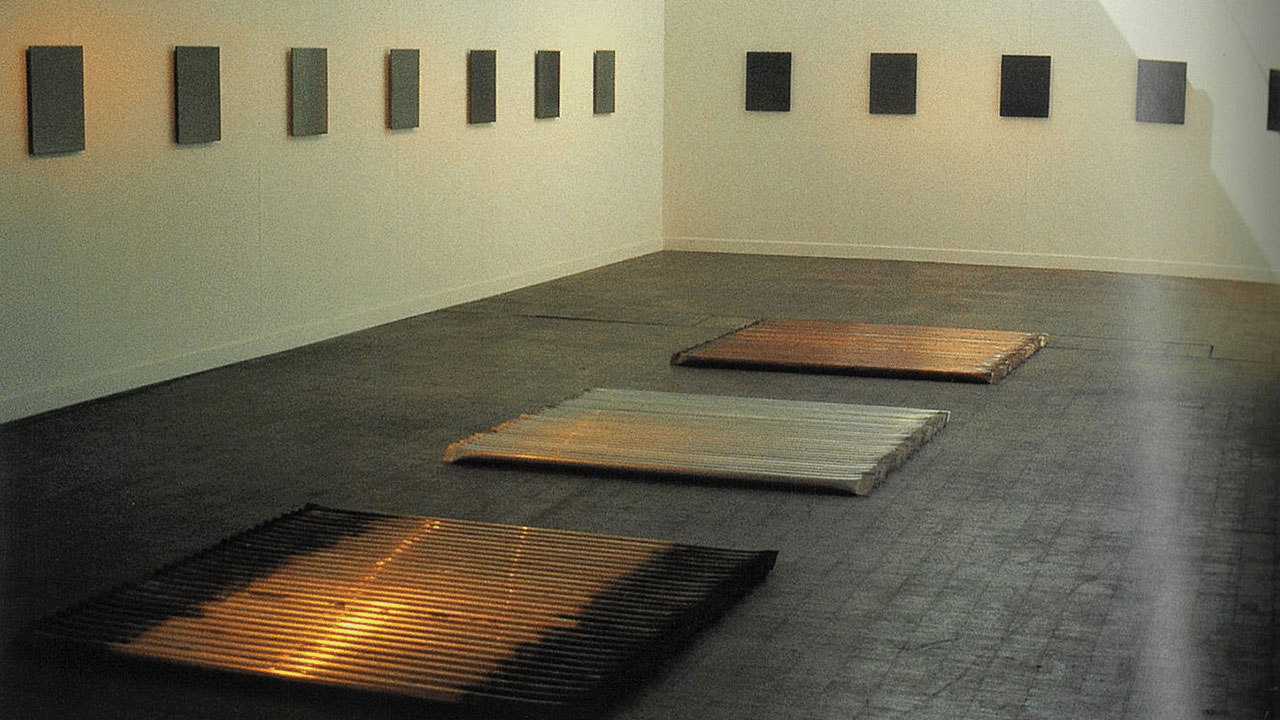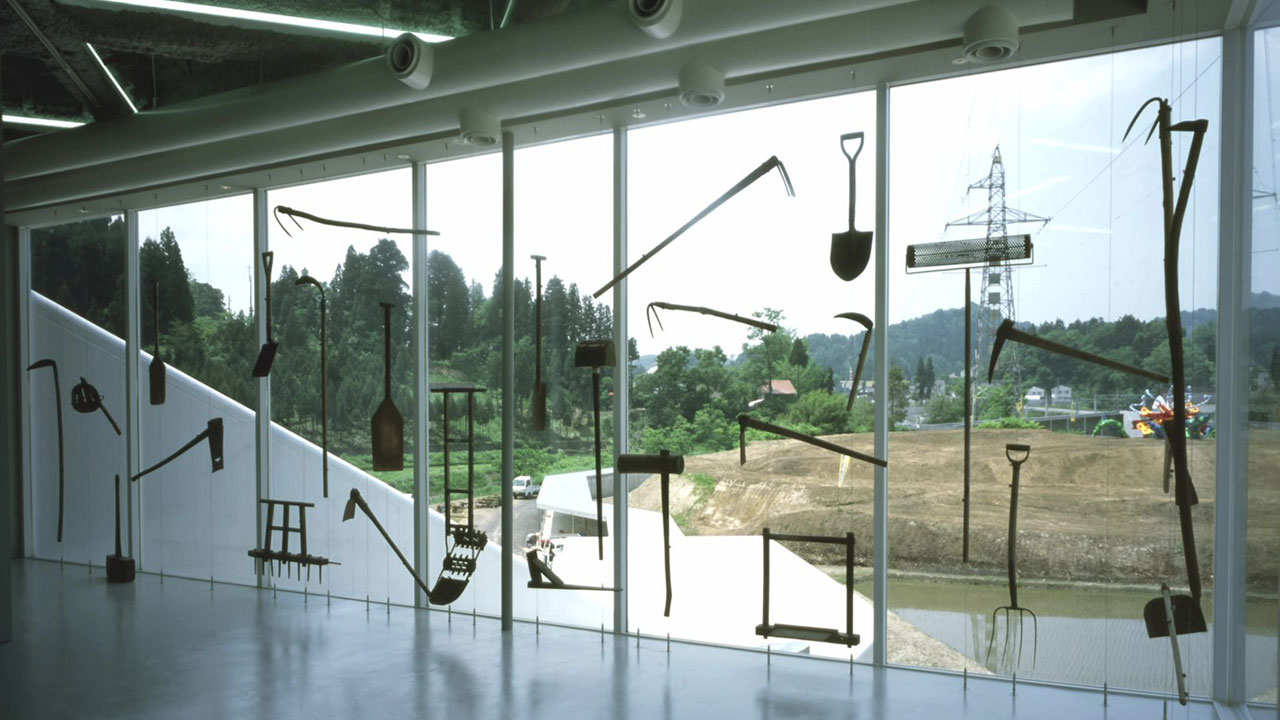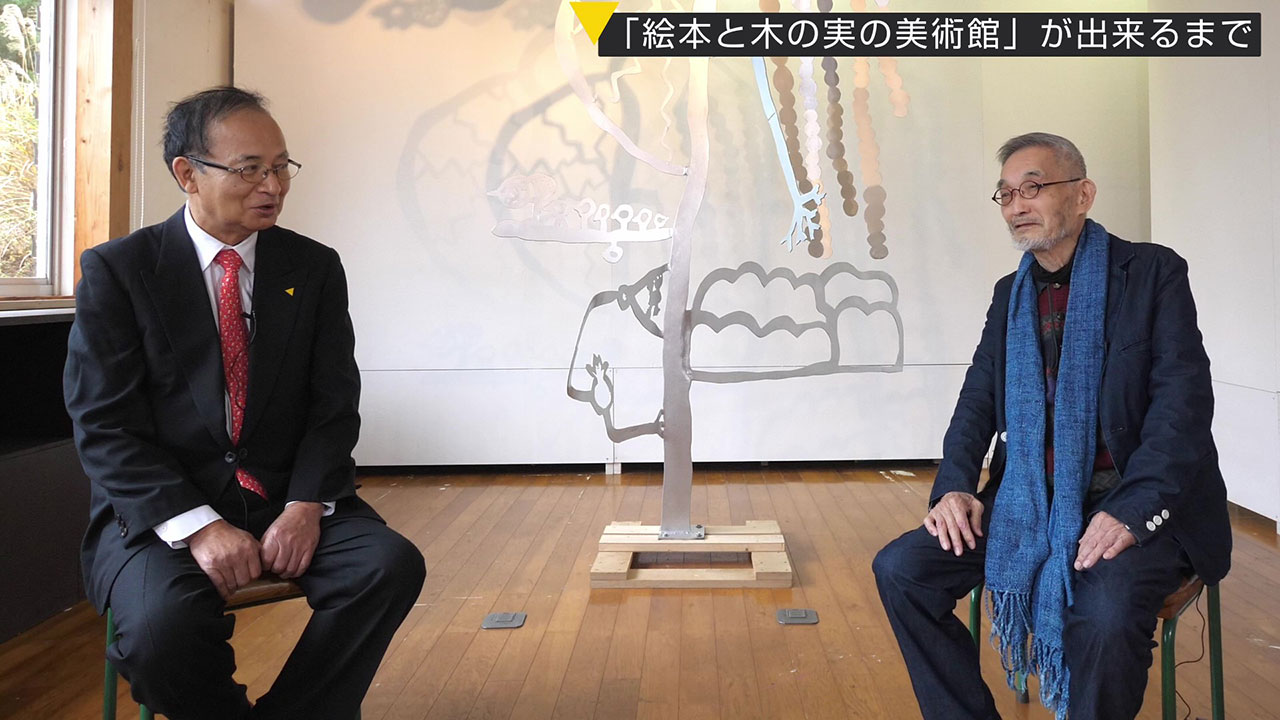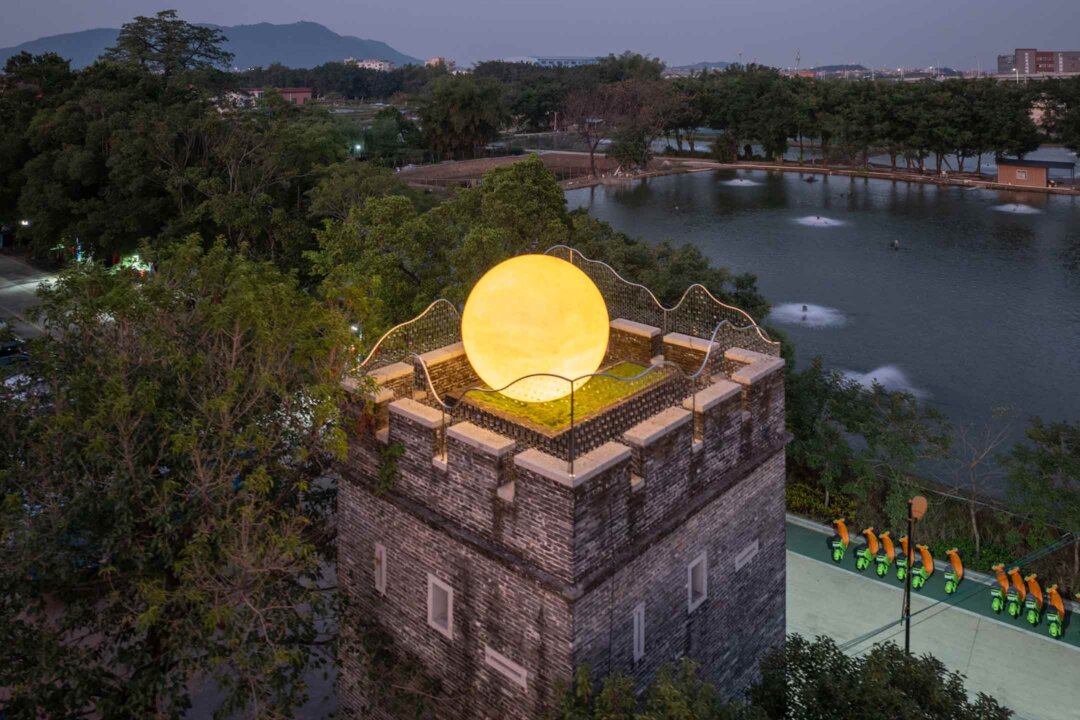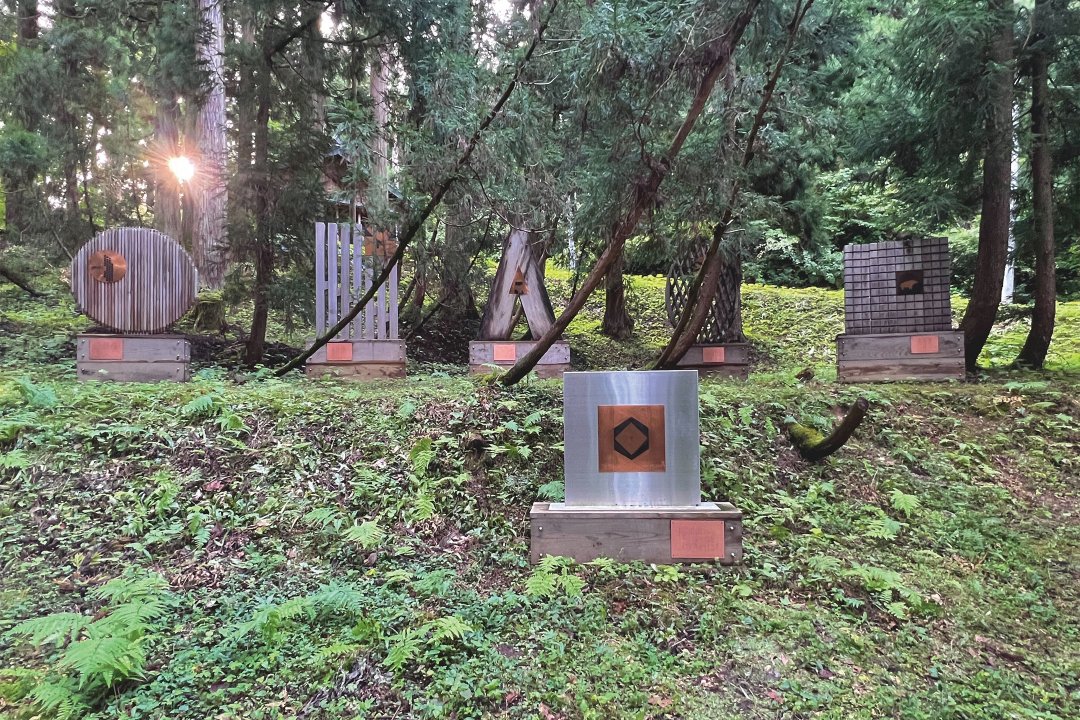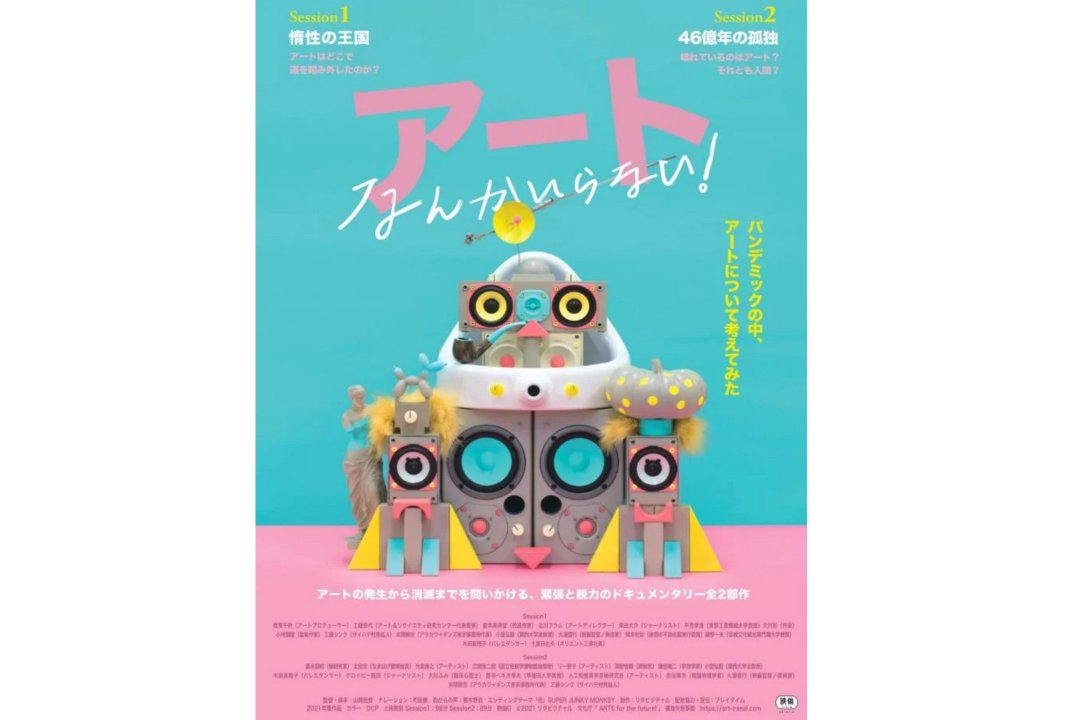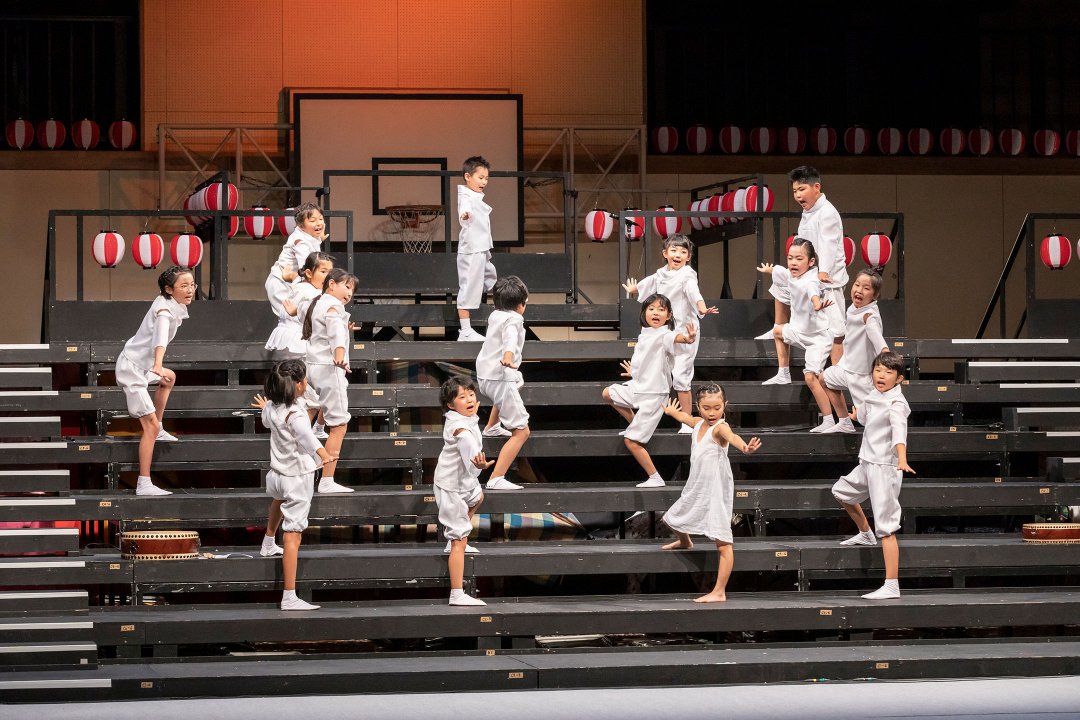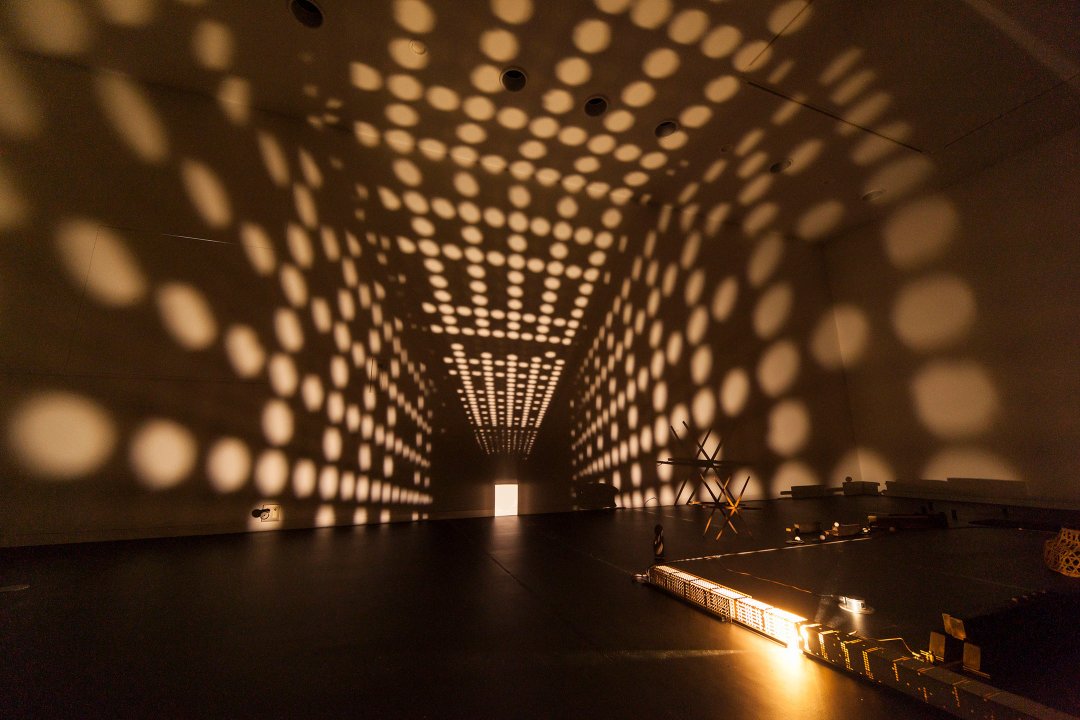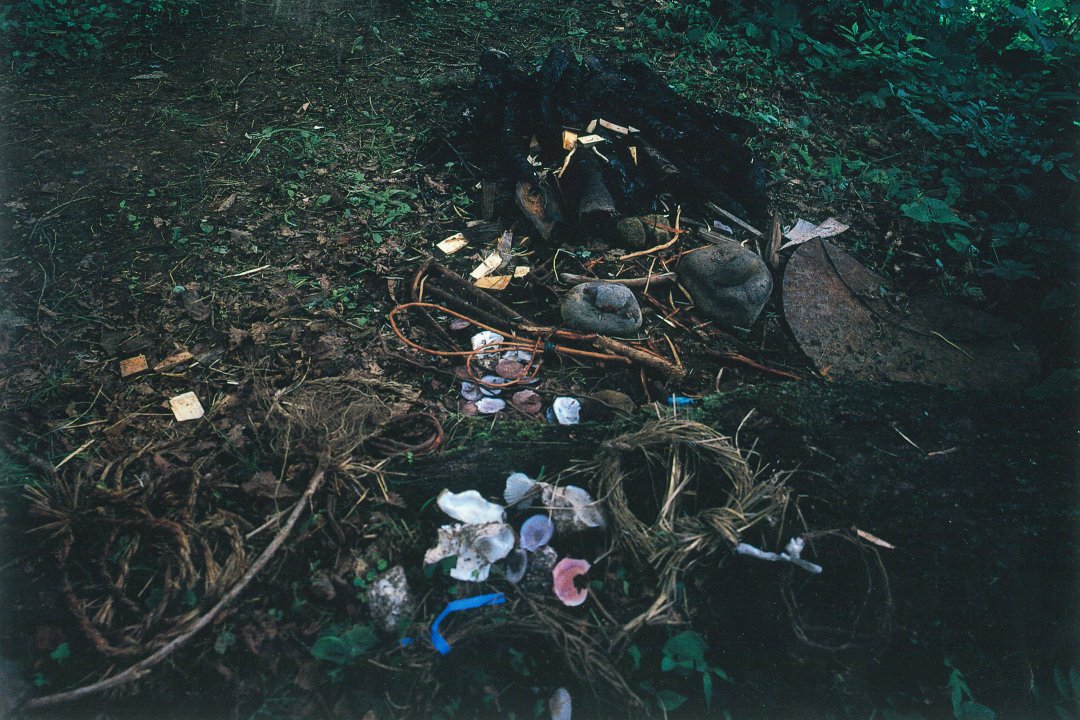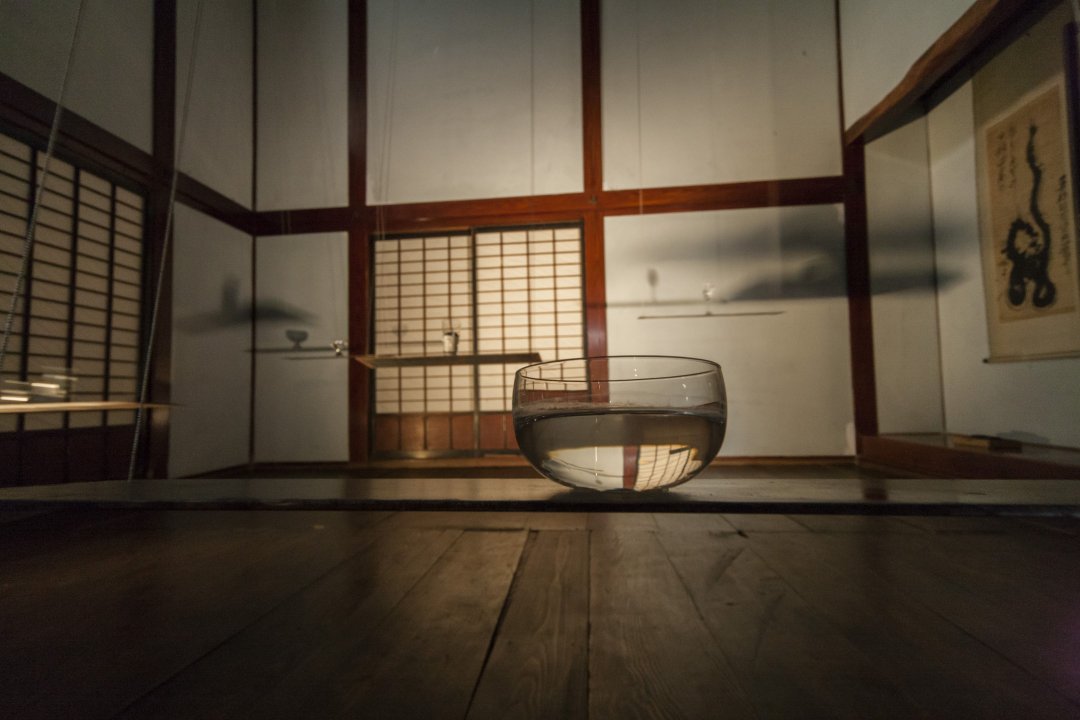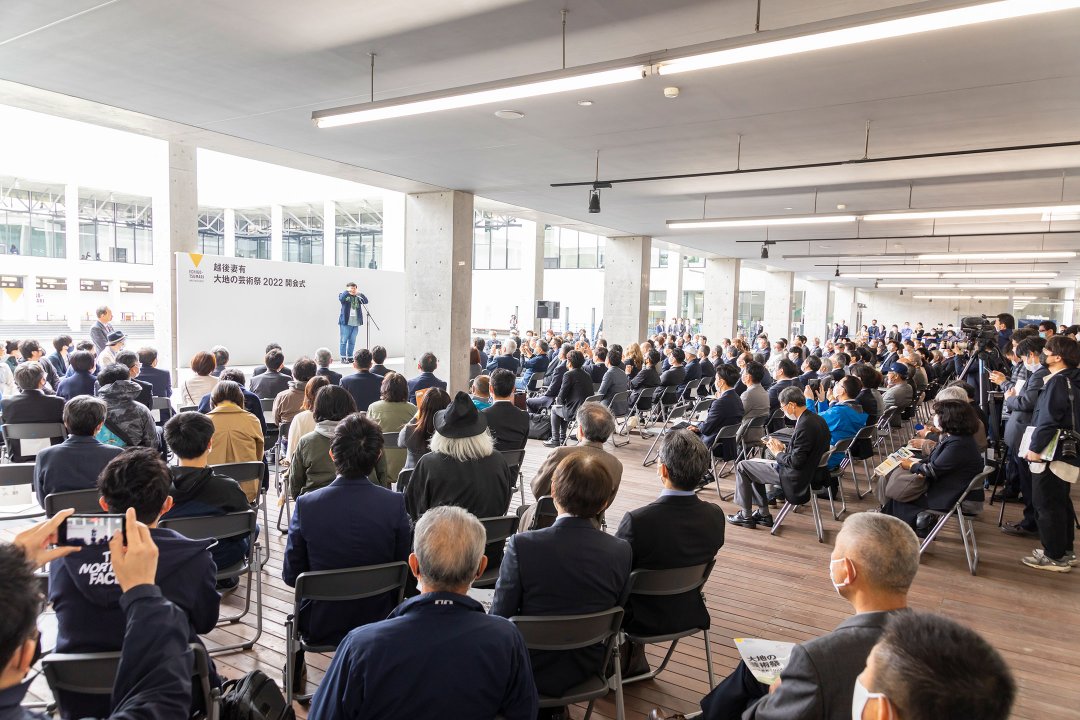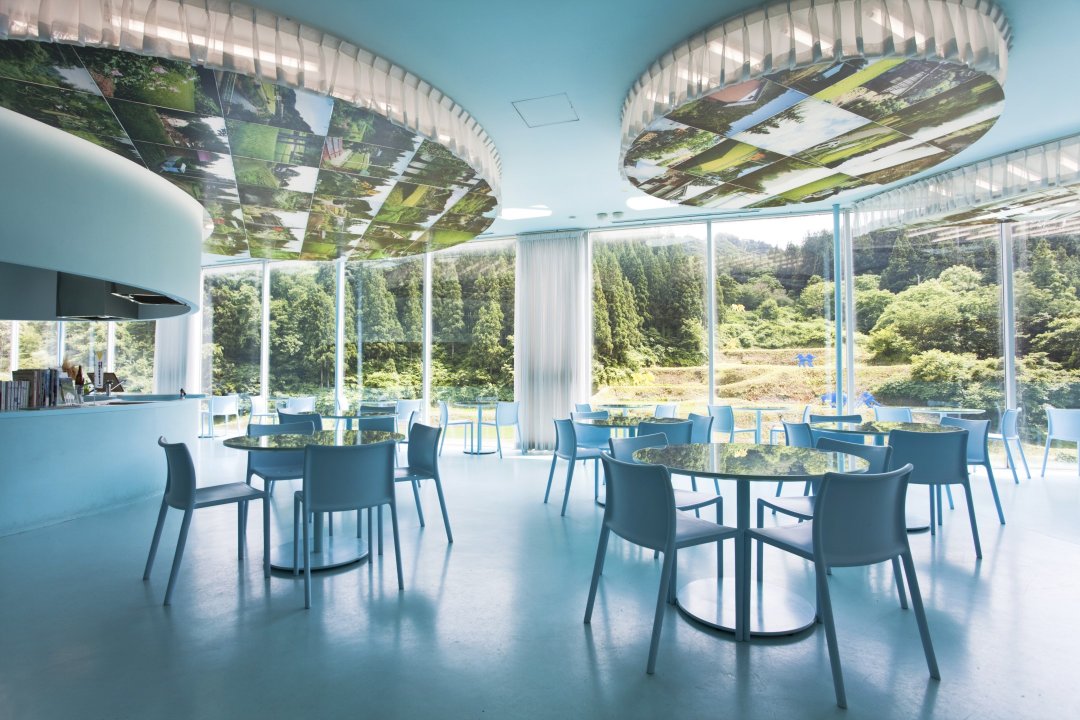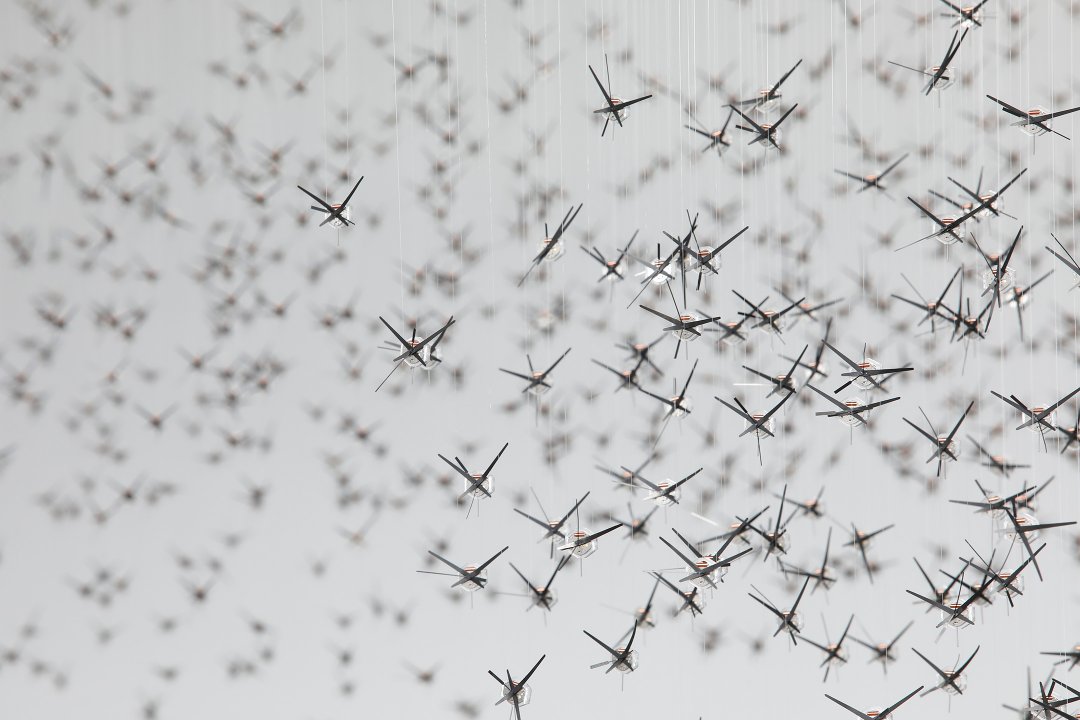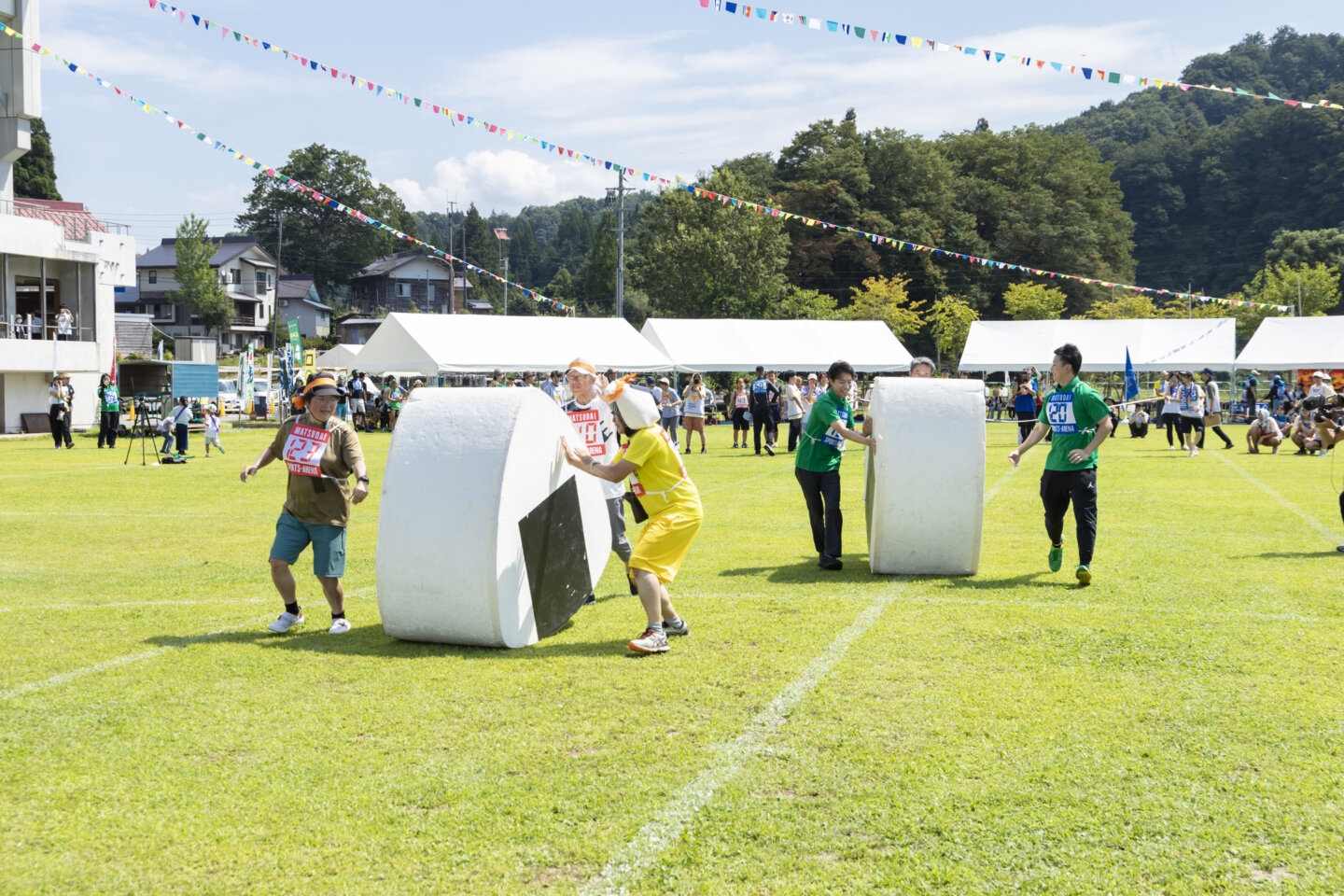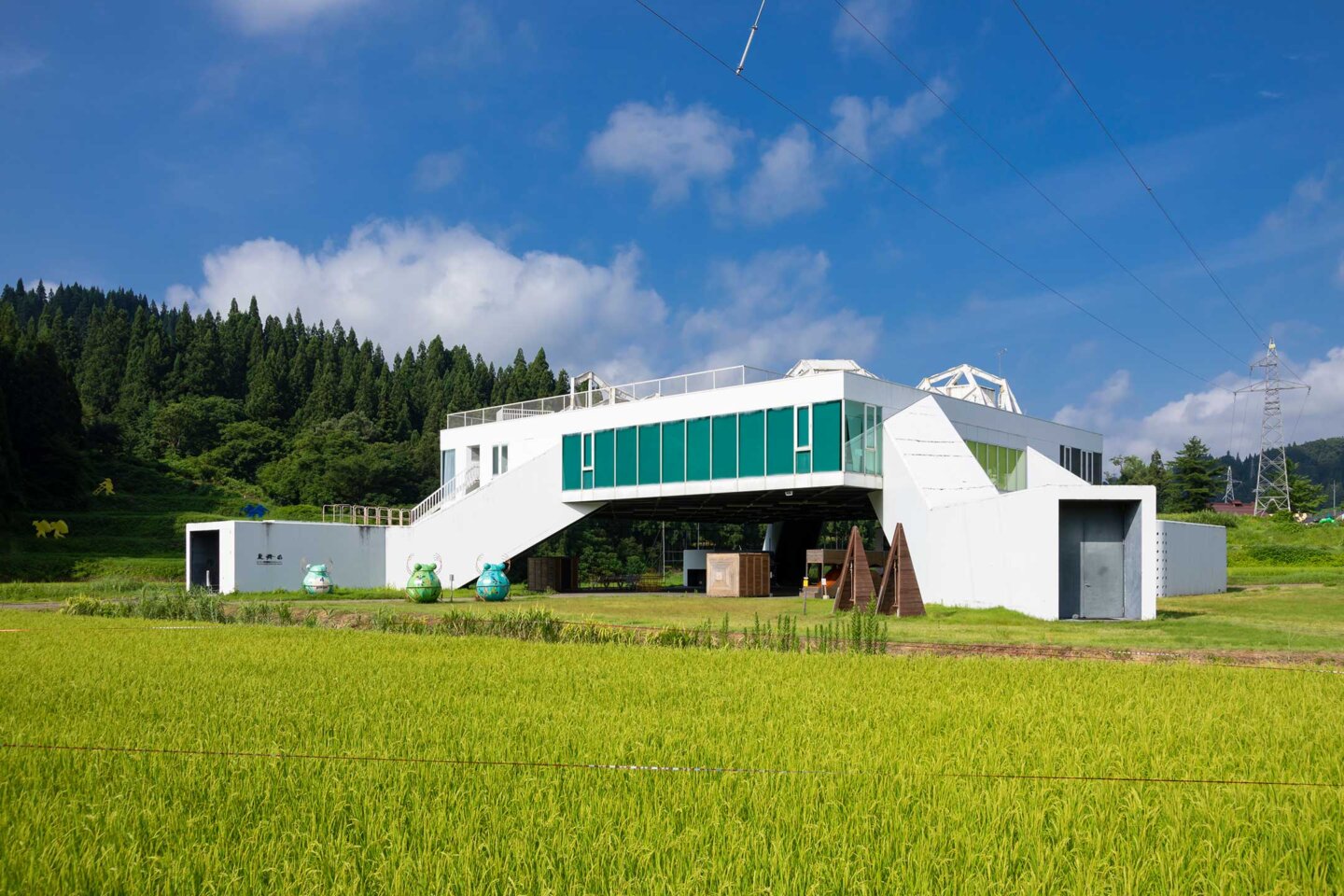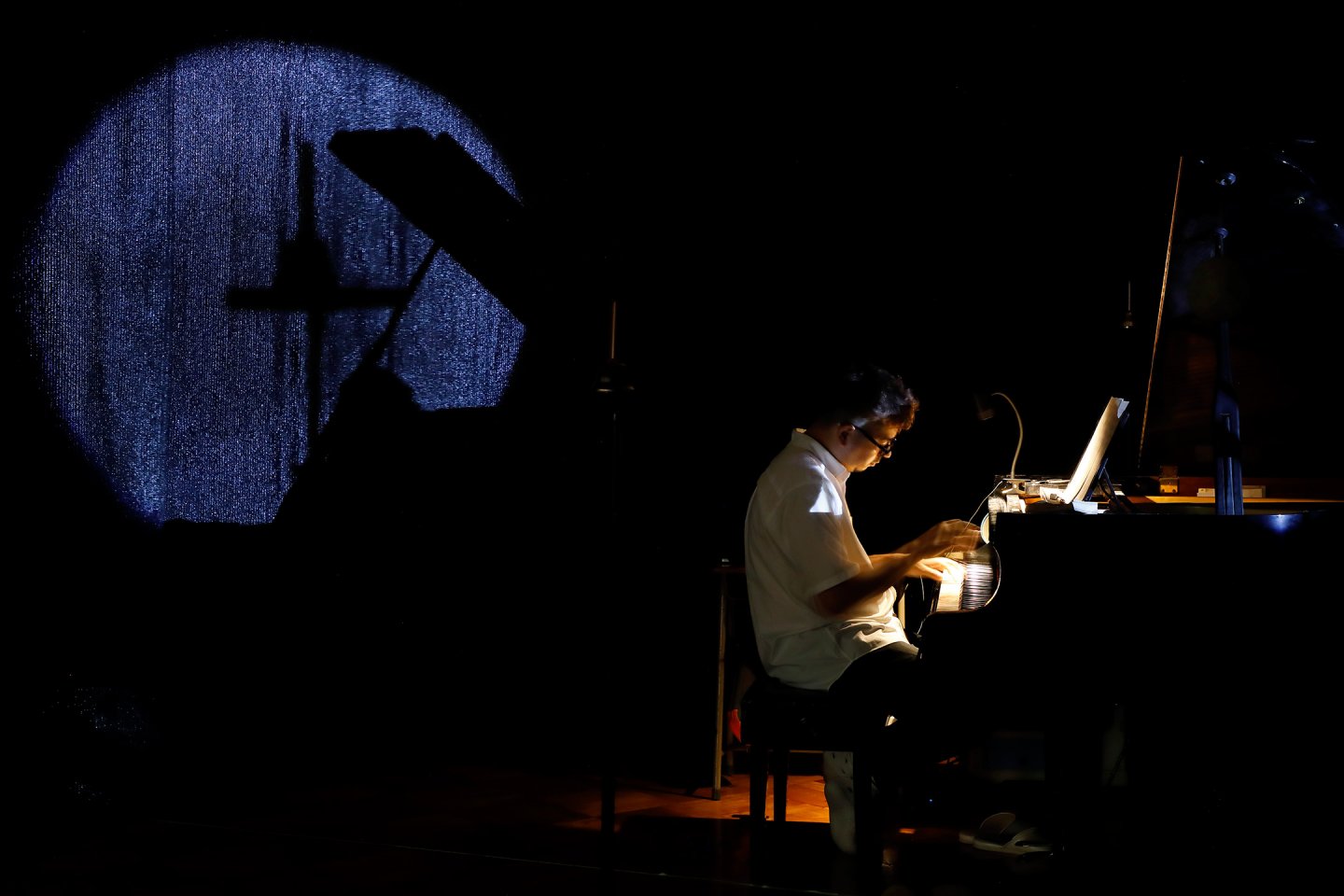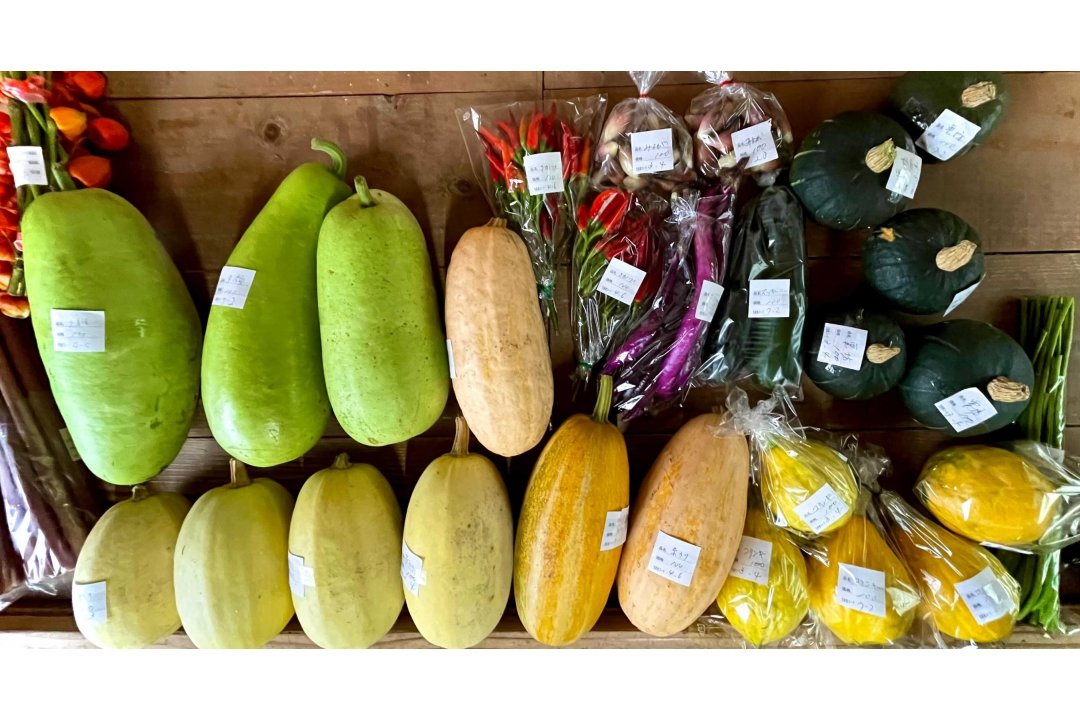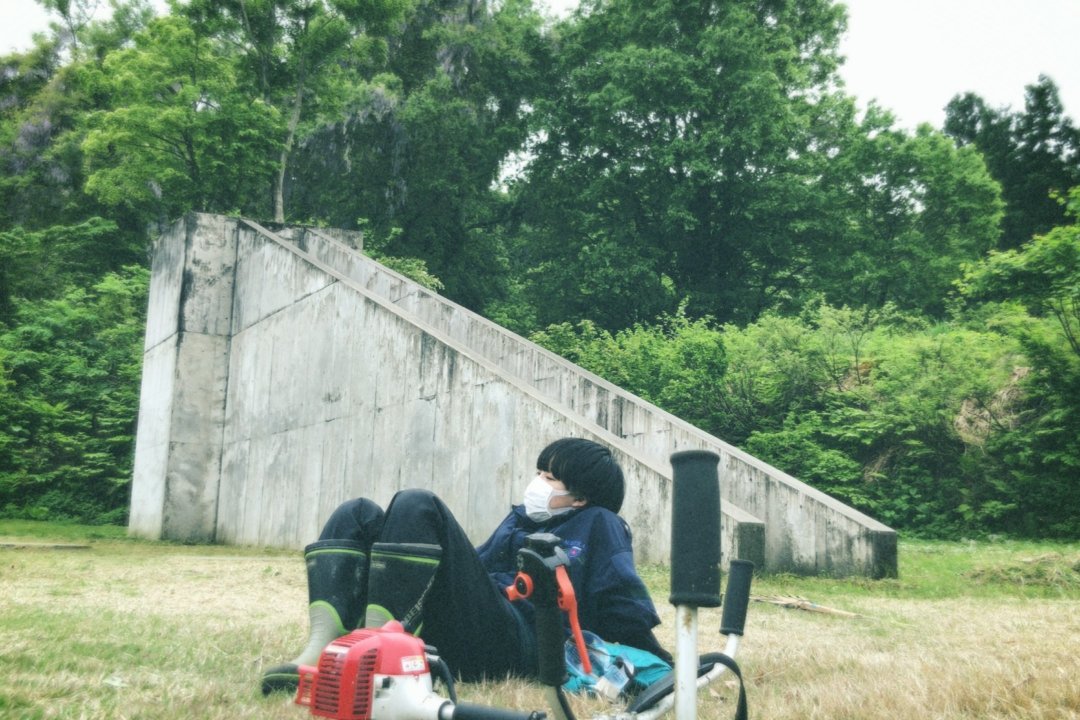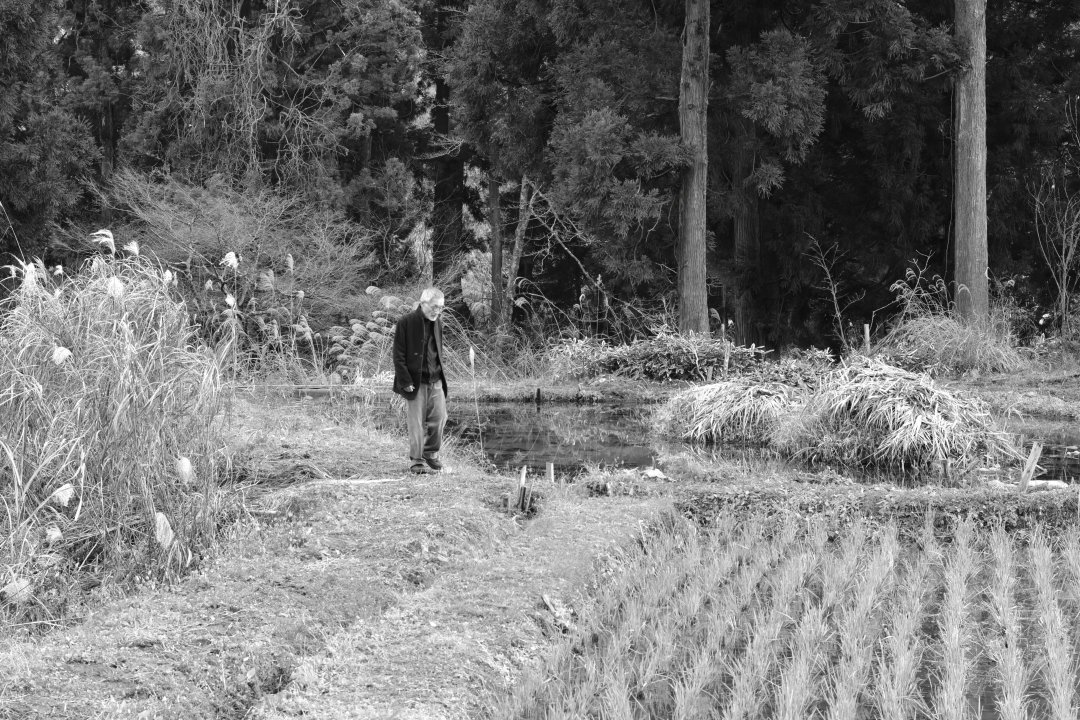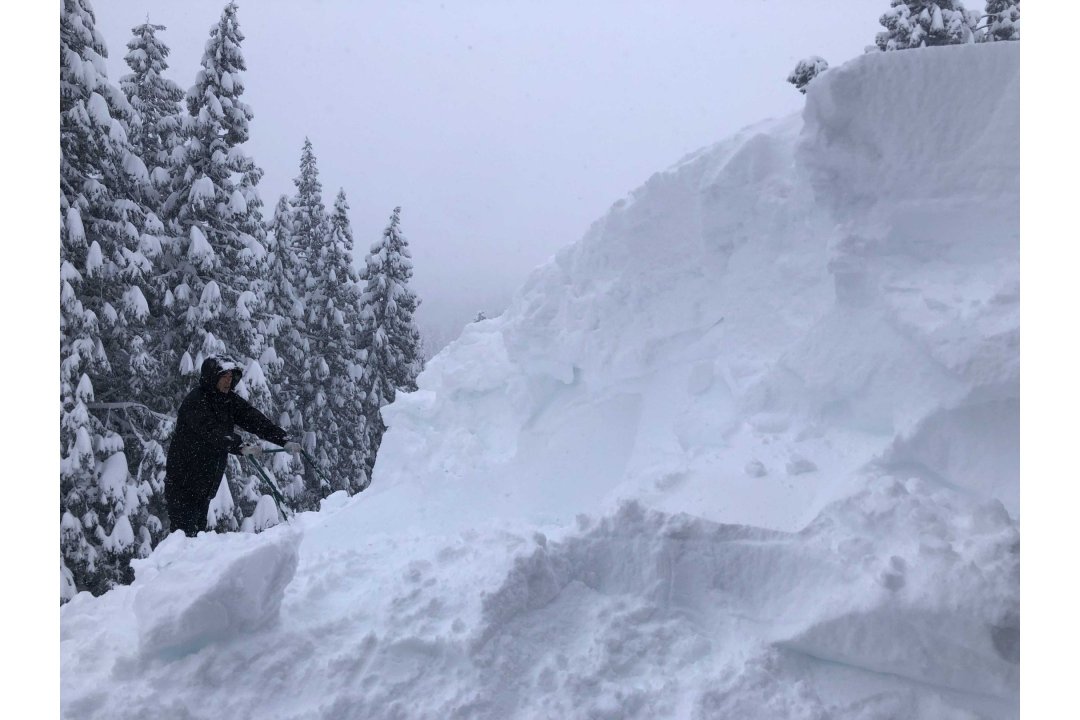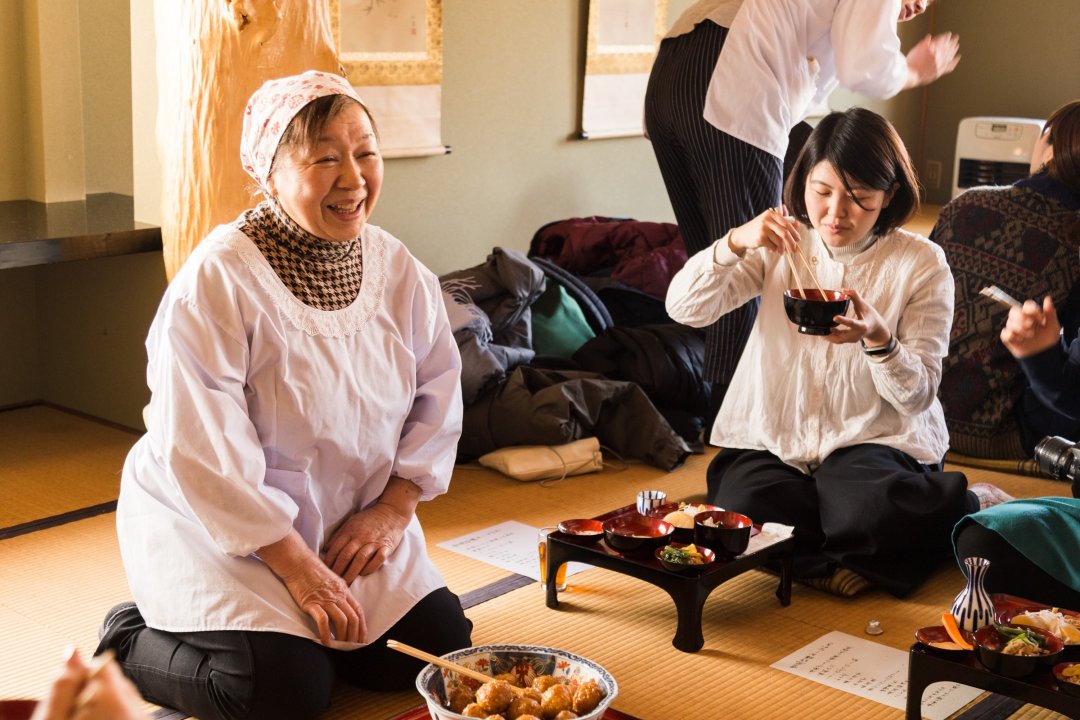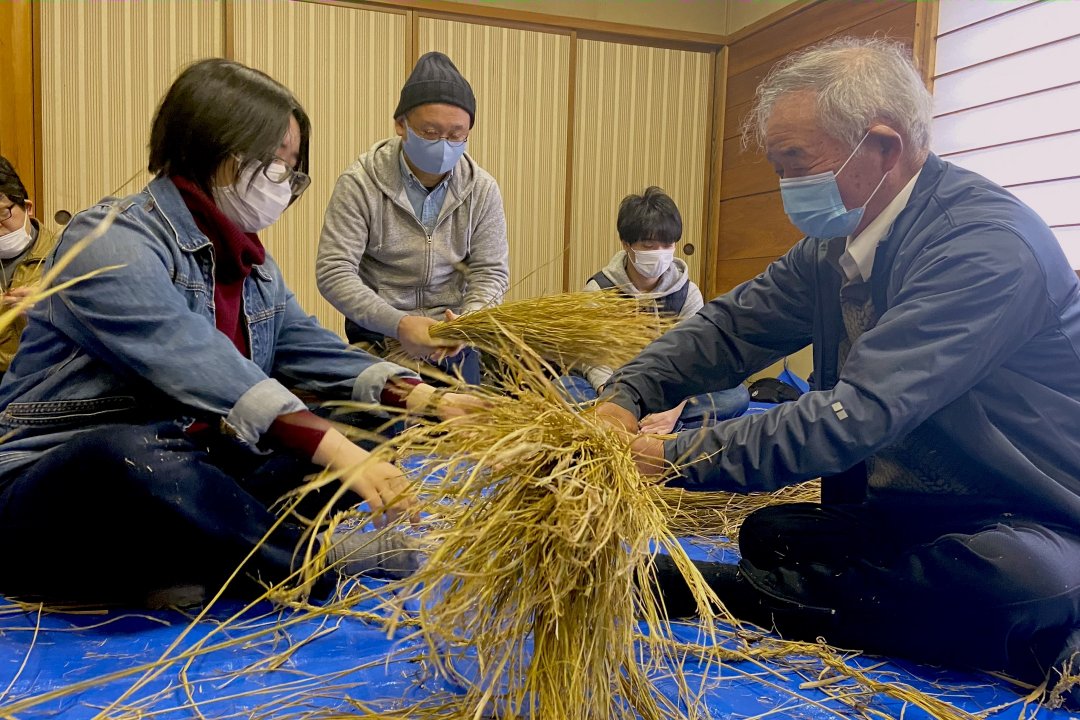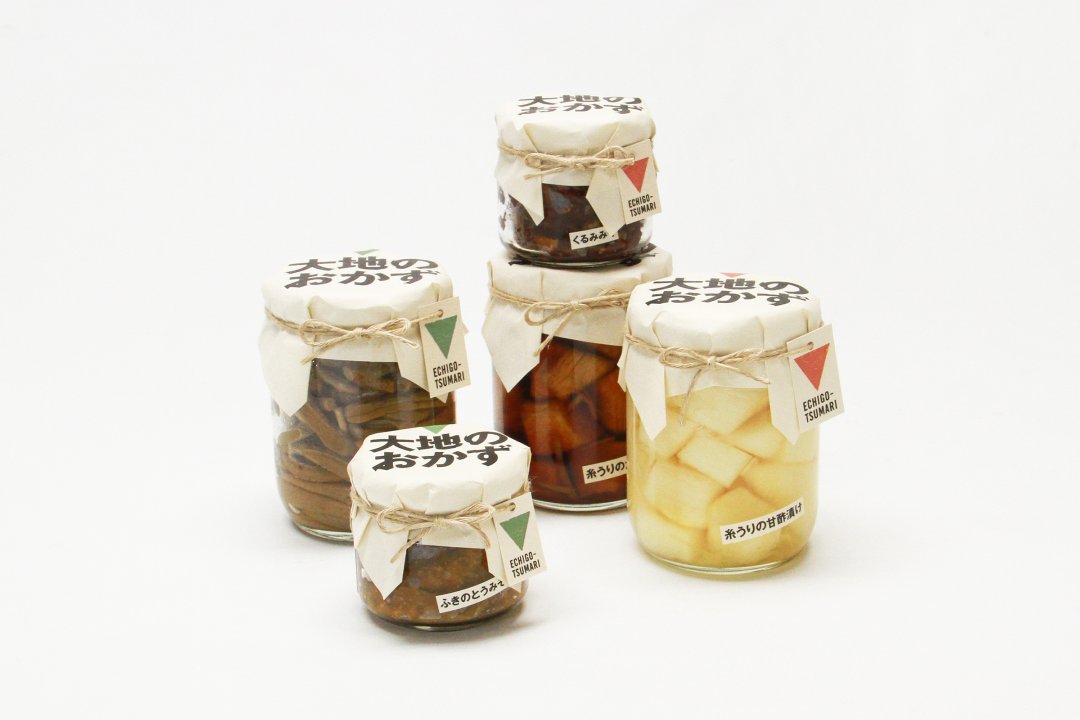Thinking 21st century art in the world from Niigata
Echigo-Tsumari Art Field - Official Web Magazine
Feature / Interviews with artists
Site-Specific Artists in Echigo-Tsumari / Interviewed by Fram Kitagawa (2021-2022)
interviewed by Kitagawa From
While the eighth iteration of ETAT has been postponed to summer 2022, new artworks for the festival including the reopening of MonET and Matsudai Nohbutai as well as Echigo-Tsumari Kamigo Clove Theatre and Katakuri House have been created and opened to the public from summer 2021. This is a new series of interviews conducted by Kitagawa Fram, General Director of ETAT with participating artists in the upcoming festival. New footage of interviews will be added in due course.
Filmed and edited by Yamaoka Nobutaka (film director)
07 August 2021
Vol.1 Nawa Kohei
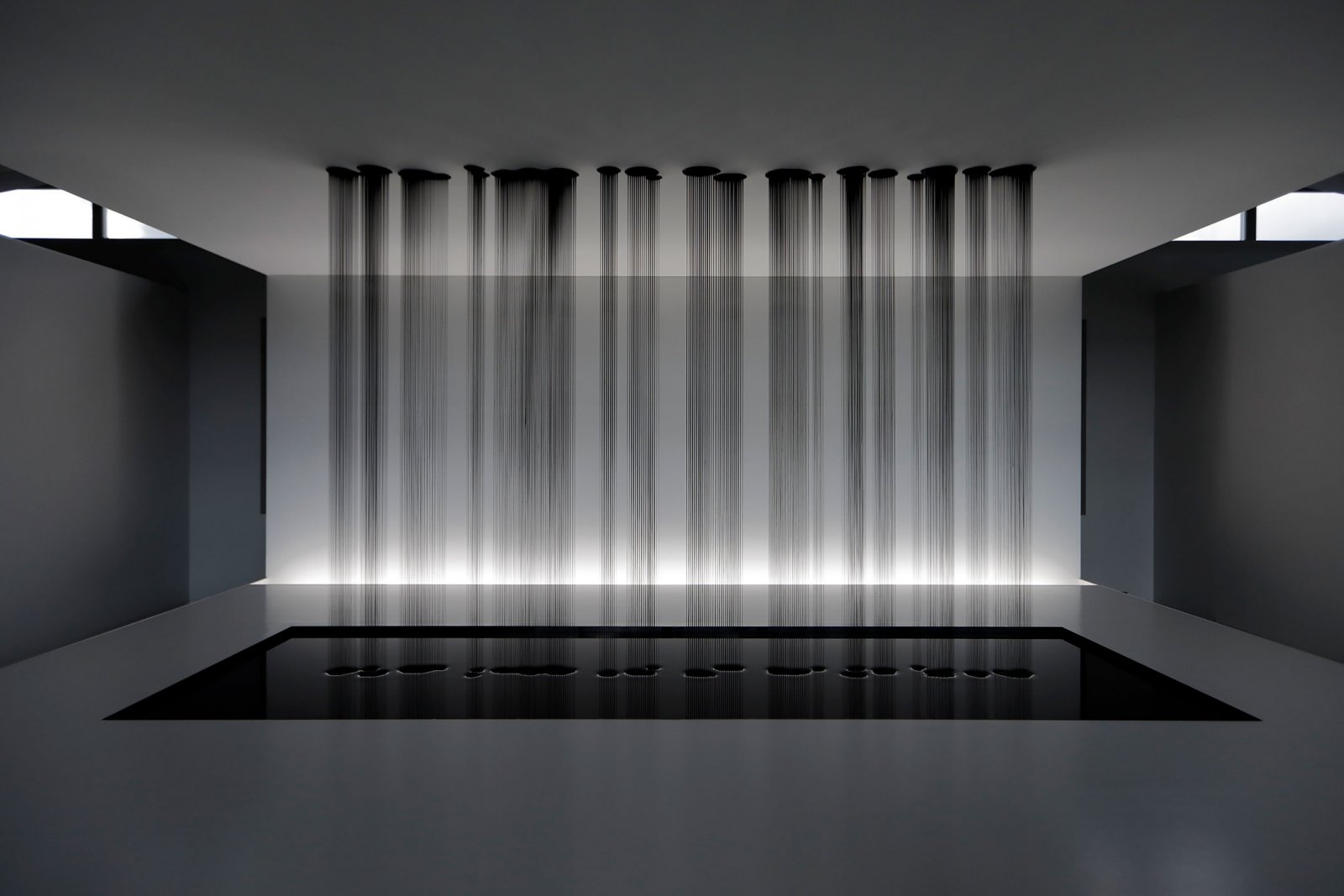
“Force” (Echigo-Tsumari Satoyama Museum of Contemporary Art, MonET), Photo by Kioku Keizo
One of the new artworks created for Echigo-Tsumari Satoyama Museum of Contemporary Art, MonET. Black silicone oil liquid transforms into the countless number of threads which keep falling from the ceiling to the floor. The silicone oil is constantly pulled vertically by the gravity and forms a black puddle on the floor. This installation transfixes viewers’ perspective in-between time, space and materials and invites them to observe the visualised mode of gravity.
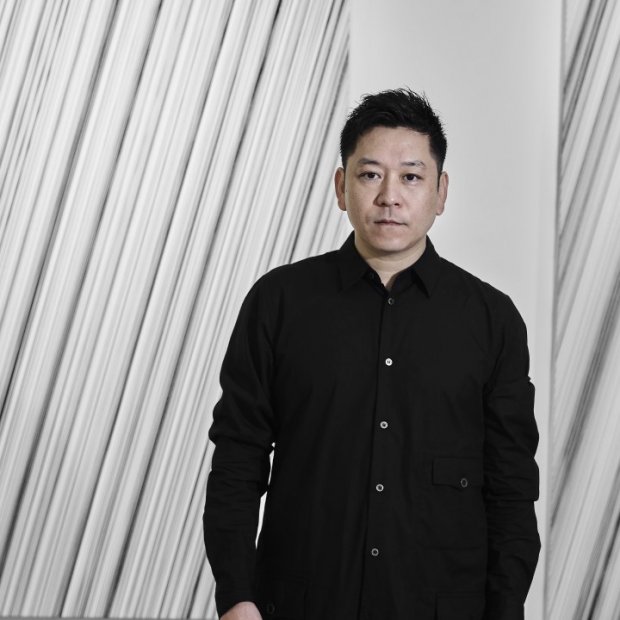
Profile
Nawa Kohei
Japan
Sculptor / Director of Sandwich Inc./ Professor at Kyoto University of the Arts. Born in 1975, based in Kyoto. Established “Sandwich” in 2009. NAWA focused on the “surface skin” of sculptures as an interface connecting to senses and presented the work created under the core concept of cell (biological cell and particle) called “PixCell” in 2002 which symbolised the information age. In response to the theme of relations between life and space as well as sensibility and technology, Nawa created a work which let a bubble itself grew into a gigantic volume called “Foam” based upon flexible interpretation of the definition of sculpture which eventually created opportunities to viewers to gain perceived experience as if the physical characteristics of materials open up for them. Nawa has been working on architectural projects in recent years including an art pavilion “The Kohtei pavilion”. Nawa has also been presenting “Vessel”, a piece of performing art created in collaboration with Damian Jalet, a Belgian choreographer and dancer since 2015. Nawa presented a sculptural work “Throne” in the Louvre Pyramid at Louvre Museum, Paris in 2018.
Vol.2 mé
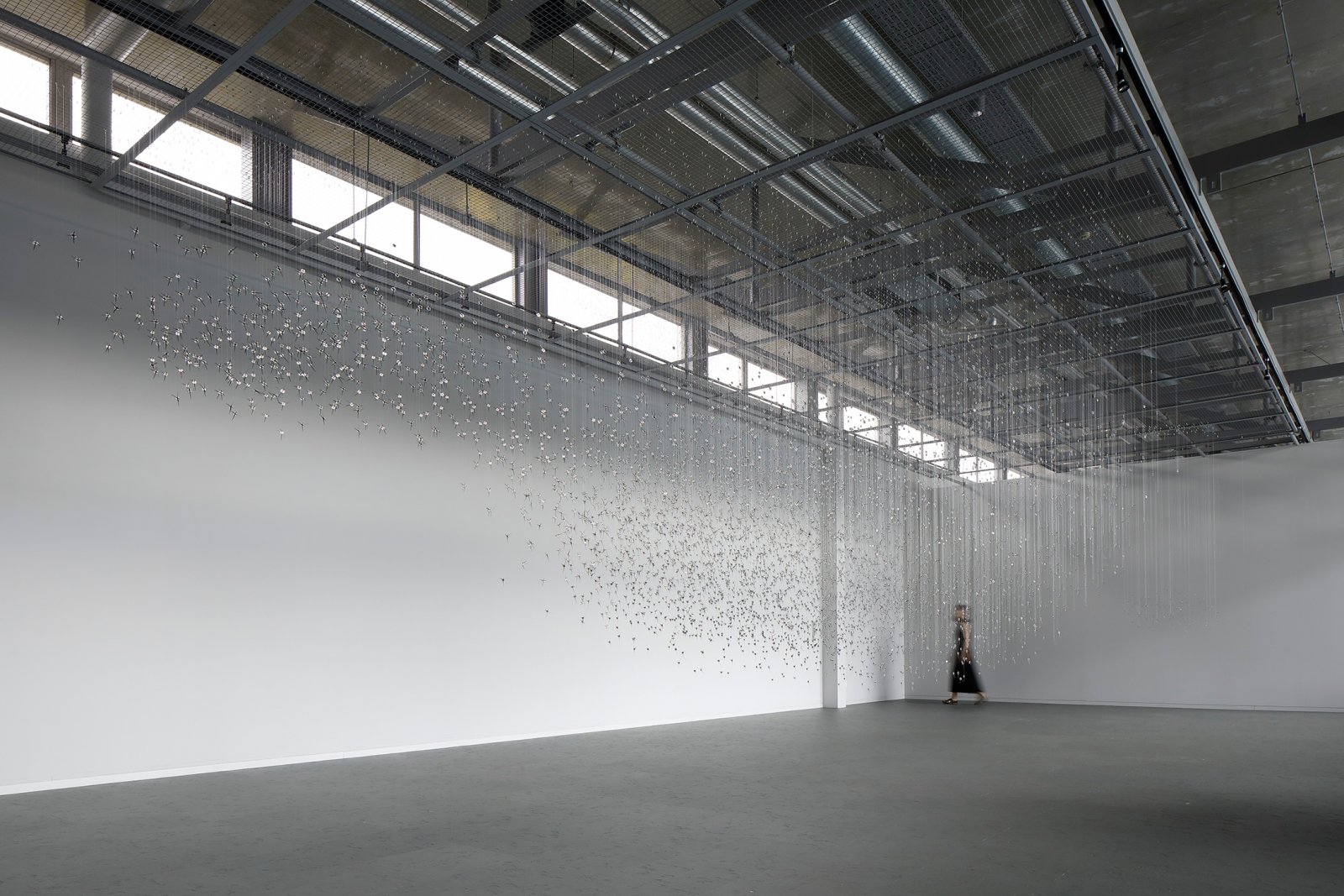
“movements” (Echigo-Tsumari Satoyama Museum of Contemporary Art, MonET), Photo by Kioku Keizo
An installation of innumerable small clocks arranged like a flock of starlings. The congregation of starlings seems like to be driven by single will while at the same time each individual bird appears to be flying freely. The distinctive meaning of each clock and the continuous movement these clocks collectively make interlock through the perspective of viewers. Something that traverses the gap between meaning and nonsense, subject and object, and individual and public exists in Echigo-Tsumari Satoyama Museum of Contemporary Art, MonET.
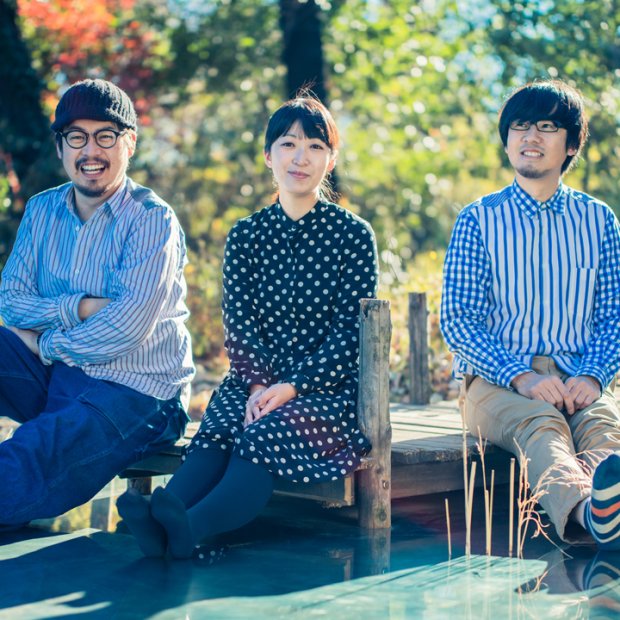
Profile
mé
Japan
[mé] is a contemporary art team represented by three core members, KOJIN Haruka (artist), MINAMIGAWA Kenji (director) and MASUI Hirofumi (production manager). Based upon a collaborative creativity rooted in each member’s skill and capability, [mé] focuses on exhibiting space, situation and audience rather than adopting specific methods or genres. They create artworks that attempt to bring the fugitive nature of reality close to how we actually feel. Their masterpieces include “Unreliable Reality – The Where of This World” (solo exhibition at Shiseido Gallery, Tokyo, 2014), “Day with a Man’s Face Floating in the Sky” (Utsunomiya Museum of Art Outreach Project, Tochigi, 2013-2014), “Elemental Detection” (Saitama Triennale 2016, Saitama), “repetitive objects” (ETAT2018, Niigata), “Contact” (Roppongi Crossing 2019, Mori Art Museum, Tokyo), “Obviously, no one can make heads nor tails” (solo exhibition, Chiba City Museum of Art, 2019). Granted The Art Award of Takashimaya Charitable Trust for Art and Culture (2017) and honourable mention at VOCA 2019.
Vol.3 ニコラ・ダロ
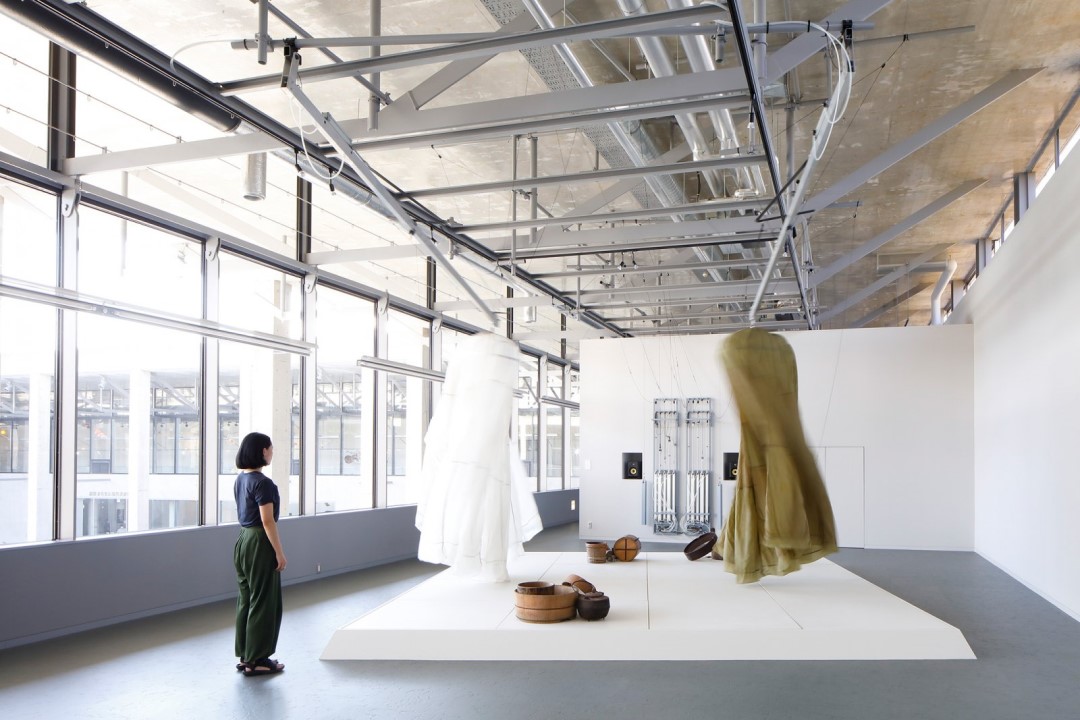
“Ariel” at Echigo-Tsumari Satoyama Museum of Contemporary Art, MonET, Photo by Kioku Keizo
The artwork is created by taking inspirations from Ariel, the airy spirit (who causes storms and makes people see illusions) which appears in William Shakespeare’s The Tempet. Two mechanical puppets made of parachute cloth move as the drums on the pedestal beat a rhythm. Unexpected scene will appear in front of your eyes as an air actuator sends air to make random wind blow.
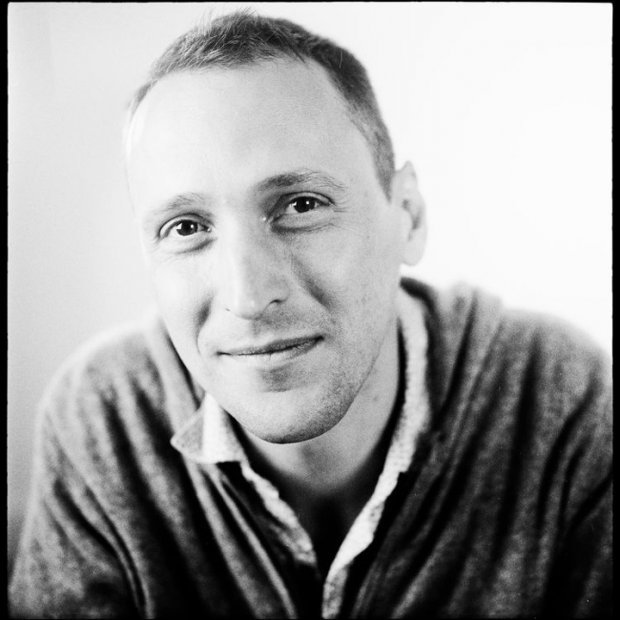
Profile
Nicolas Darrot
France
Born in France, 1972, lives and works there. Darrot creates artworks using diverse ranges of mixed media such as sculpture, installation, and automated objects. Darrot
makes references to science, history, myth, and literature and sometimes works in collaboration with scientists.。
Vol.4 Nakatani Michiko
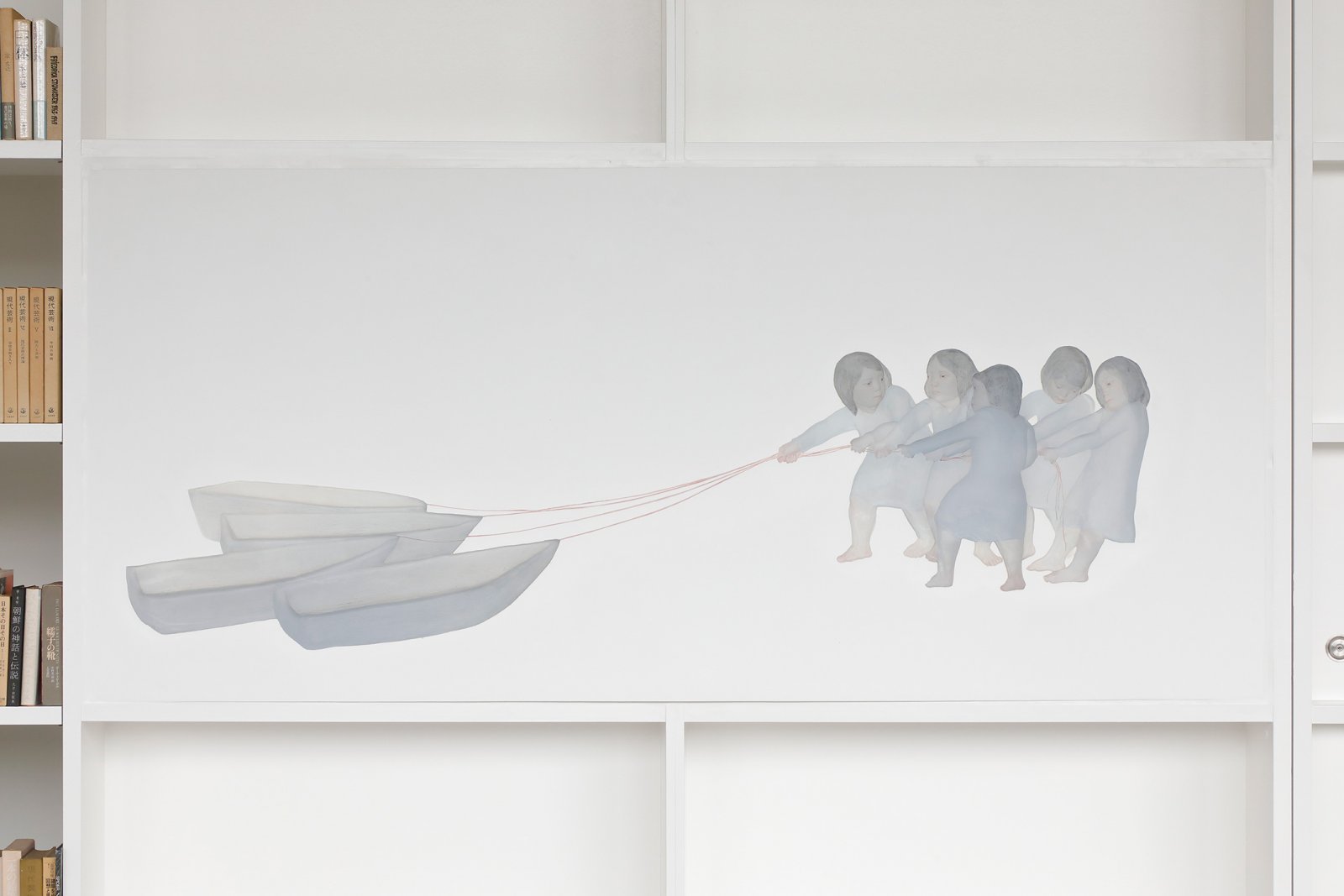
“Voice from a far” (Echigo-Tsumari Satoyama Museum of Contemporary Art, MonET), Photo by Kioku Keizo
I interviewed local people in 2018 as a part of creating my artwork. As I visited one house to the other in the midst of winter in deep snow, I was always invited to warm up in kotatsu and to have some pickles and a cup of tea. It was so warm and calm to the point that I could even think that I would be allowed to take a nap. I listened their vivid stories from the past, memories of childhood and songs in such atomosphere. It was as if images emerging from each of these intimate and rich memories are projected onto the pure white snow field outside of the window. I have turned such image into a sculpture and created a personal monument in Uwano Community Centre. It seems it would not be possible to make such visits in 2021. The time I engaged with memories has become a memory and I have been pulling these threads to myself. By overlaying distance caused by the spread of COVID-19 with voices I hear from the other side of the river, I am planning to explore the actual state of the image. (Based upon a comment from the artist).
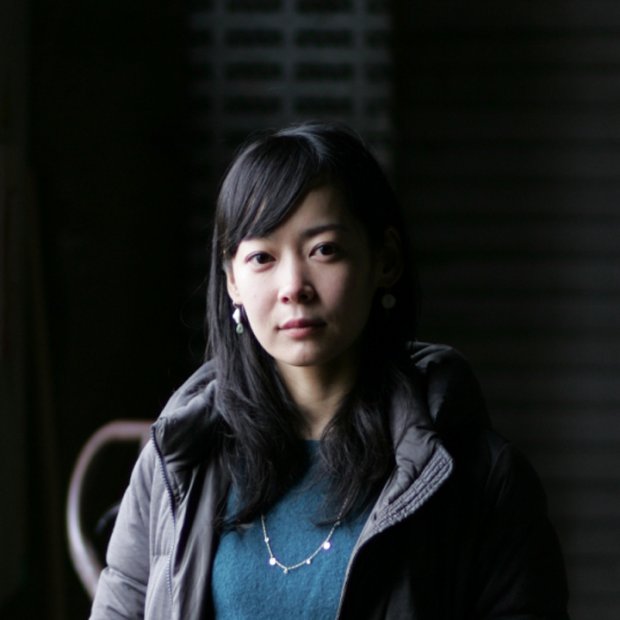
Profile
Nakatani Michiko
Japan
Born in 1981 in Tokyo. Resides in Mie. Received VOCA Encouragement Prize in 2010. Completed Meisterschülerstudium at Dresden Academy of Fine Arts in 2012. NAKATANI creates a shape of an image with stories, molds it with plaster, takes out clay in the original shape from the template, pours transparent resin into the empty template allowing people to view sculptures from inside. She moved to an abandand house in Mie which was once lived by her grandfather 2014. She organises one-day only solo exhibition in “Private Omuro Gallery” in the renovated space from the factory. Participated in ETAT2018.
≫ Official website
Photo by Adam Dreessen
Vol.5 Kurita Koichi
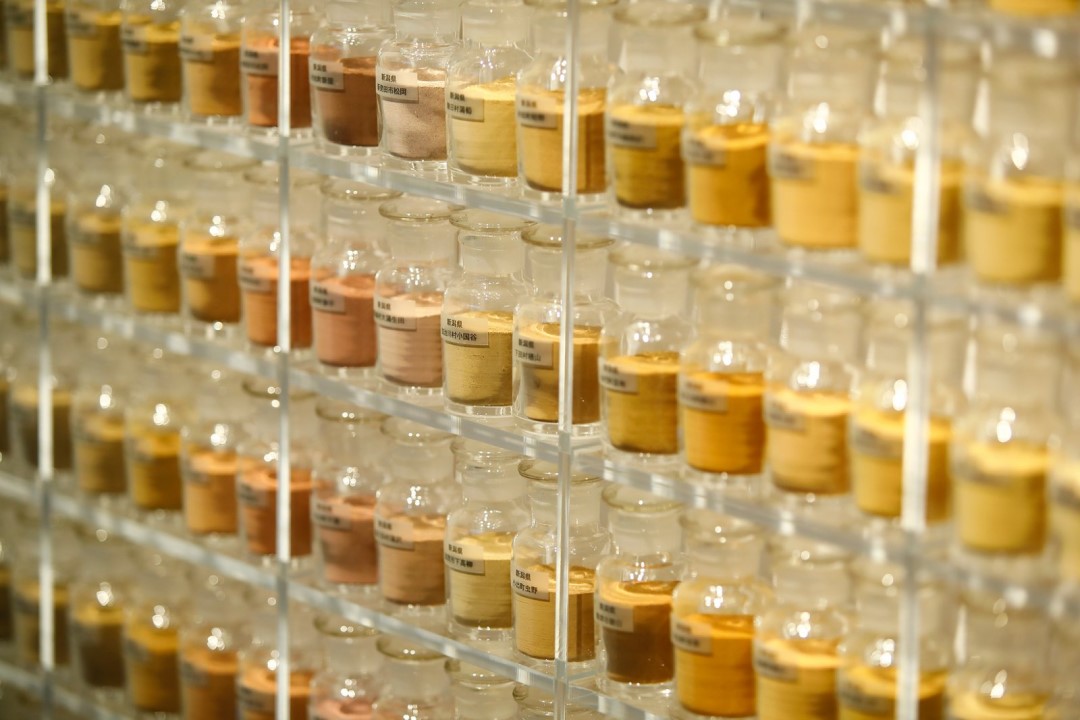
“Soil Library / Niigata” by Kurita Koichi (Echigo-Tsumari Satoyama Museum of Contemporary Art, MonET), Photo by Kioku Keizo
The archipelago of Japan is home to diverse kinds of soils. The artist has been attracted to the soil which is formed when rocks are broken down by micro-organisms in the form of stones crushed by large amounts of rainwater and torrents. The soil exposed in the fields and cliffs was dried and sieved, carefully removing plant roots, charred material, stones, and gravel. He covered 576 different kinds of worlds from 112 cities, towns, and villages in Niigata which existed before the Grand Heisei Merger)
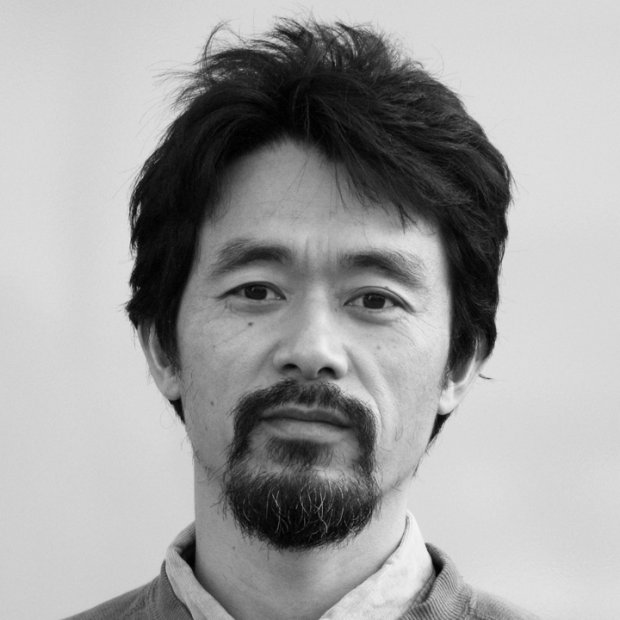
Profile
Kurita Koichi
Japan
Born in 1962 in Yamanashi. He has been interested in diverse colours of the earth and started to collect soils from across Japan since 1990. He has expanded his territory and currently works and exhibites in France. He participated in ETAT2006 and has a permanent wok in Echigo-Tsumari Satoyama Contemporary Art, MonET since 2012.
Vol.6 カールステン・ニコライ
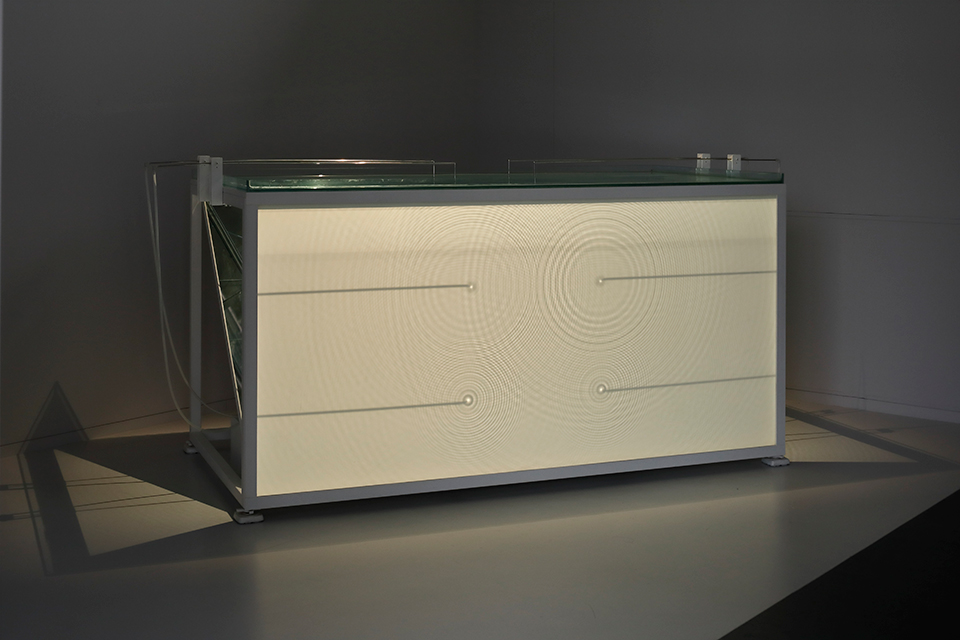
“Wellenwanne LFO”by Carsten Nicolai (Echigo-Tsumari Satoyama Museum of Contemporary Art, MonET), Photo by Kioku Keizo
The artwork applies the principles of light and sound and reveals the polarity between chaos and order, movement and stagnation. The low frequency from the speaker vibrates the water surface and the reflection of strobe which is synchronised with the expanding waves is projected to the screen. The artificially created waves on the water surface are regular and irregular at the same time and thus orderly but also chaotic.
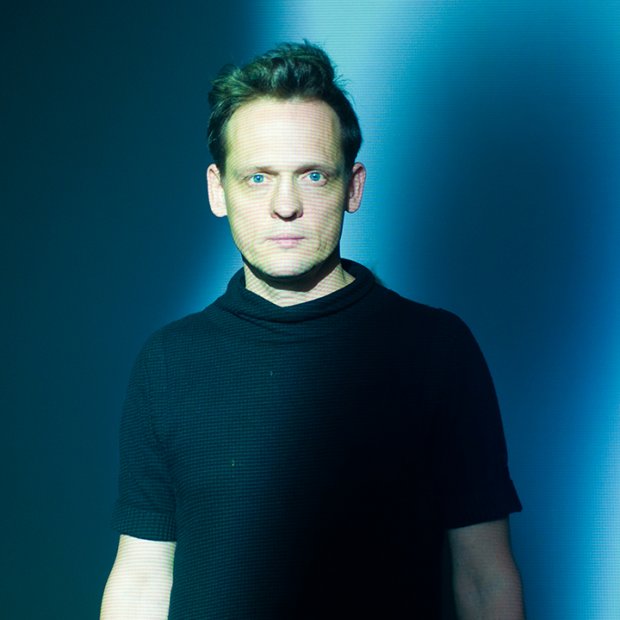
Profile
Carsten Nicolai
Germany
Born in 1965. Based in Berlin. He has created a wide range of artworks under the strong influence of science and mathematics. His first participation in ETAT was in 2003 followed by the creation of “Wellenwanne LFO” which became a permanent collection of Echigo-Tsumari Satoyama Museum of Contemporary Art in 2012.
7. Kawaguchi Tatsuo
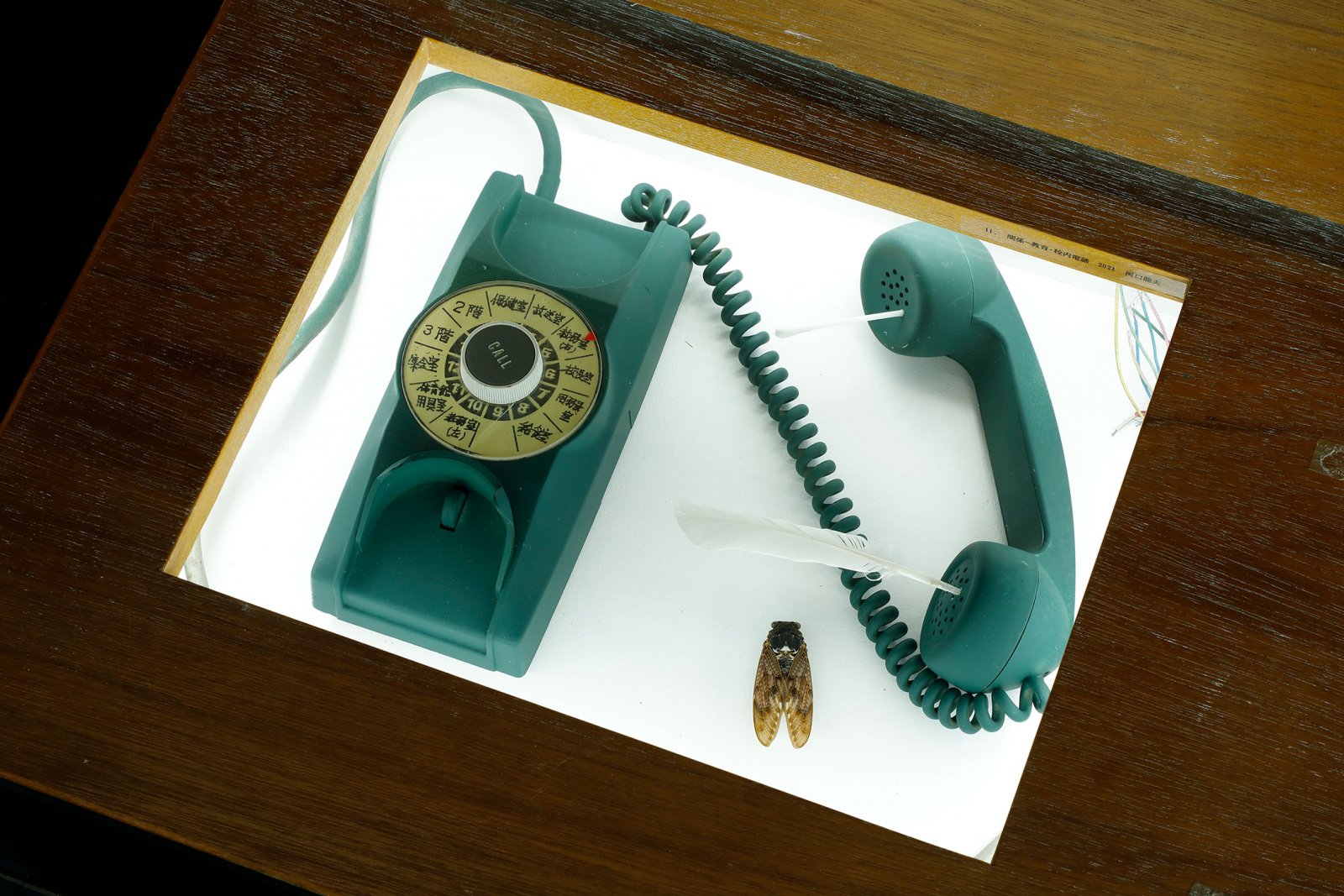
“Relations – Education” series installed in the drawers of desks. (Matsudai Nohbutai), photo by Kioku Keizo
In 2021, he renewed an installation called “Relation – Blackboard Classroom” at Matsudai Nohbutai which has been appreciated since its launch in 2003. In addition to restoring damages caused since being displayed for a long time, he created new works called “Relation – Education” in the drawers of desks and “Teaching Materials transforming into a blackboard”. Artboxes filled with teaching and learning materials collected from closed schools in Echigo-Tsumari are installed in the space under the desktop by different subjects such as music and science.
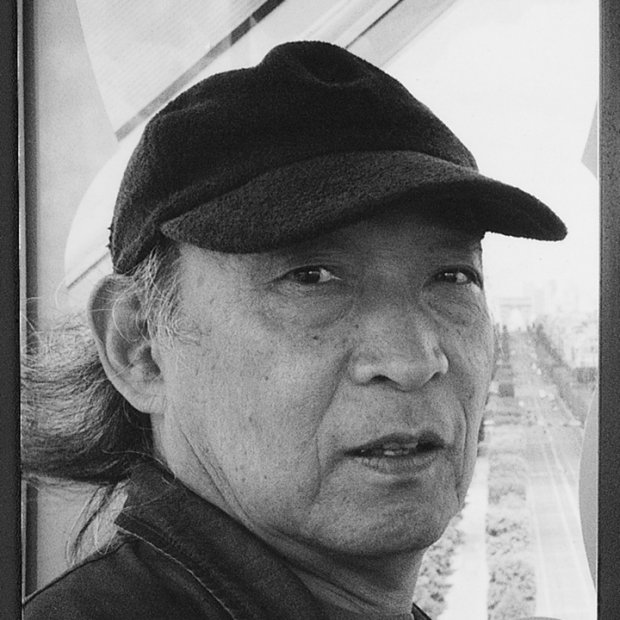
Profile
Kawaguchi Tatsuo
Japan
Born in 1940. One of the most prominent artists who has been creating artworks both in and outside Japan since 1960s. He has focused on “what you can see” and “what you can’t see” and their relations when creating artworks. His artworks whether it is visible or not visible, surely represent materiality, time and void space, and life and death of things. He has been participating in ETAT since the first iteration in 2000.
Vol.8 Tashima Seizo
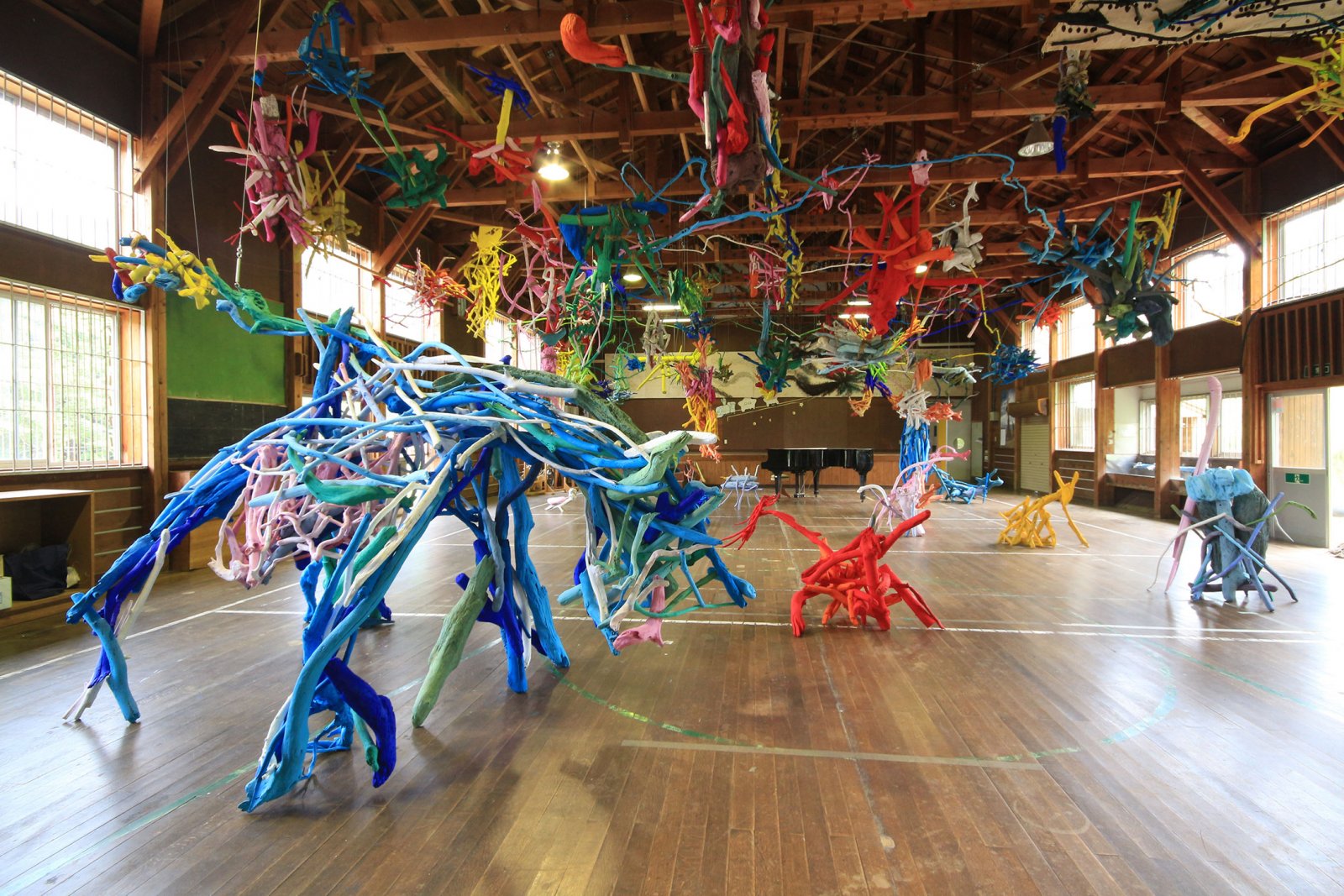
“Hachi and Seizo Tashima Museum of Picture Book Art” (2009)
The artist created a picture book story based upon the last three students of the Sanada Elementary School before it ceased to exist. The story of the picture book has been presented in the space of the closed school as if it is a 3D picture book by painted objects made of driftwood he collected from the beach of Izu and Japan sea as well as tree nuts. A gigantic grass-hopper-shaped device for scaring birds away which moves by running water welcomes visitors at the entrance to the museum. The artist tries to attempt to reproduce students, teaches, and even monsters who were once actively spending time at the school.
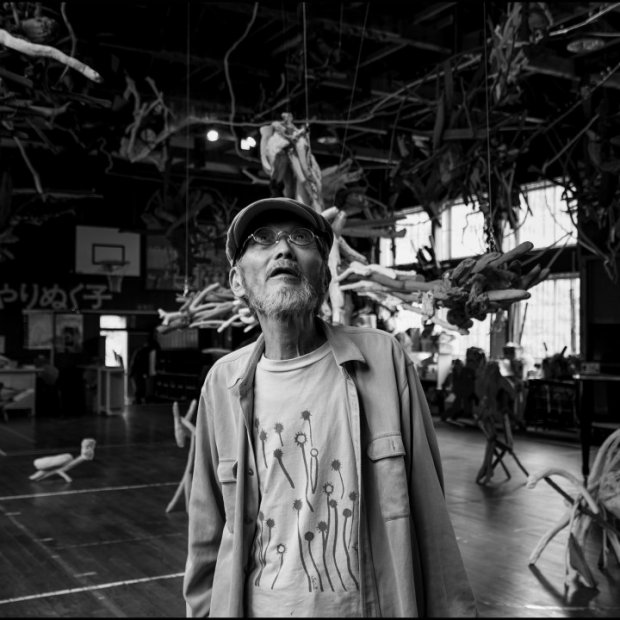
Profile
Seizo Tashima
Japan
Born in 1940 in Osaka. He grew up in Kochi and then lived in Hinode-cho (formerly known as Hinode village) in Nishi-Tamagun, Tokyo from 1969. He led self-sufficient life by making tableaux, prints, and picture books and moved to Izu where he currently resides. He has been continuously engaging with Echigo-Tsumari through diverse artistic activities since 2009.
Photo by TSUZUKI Kenji





